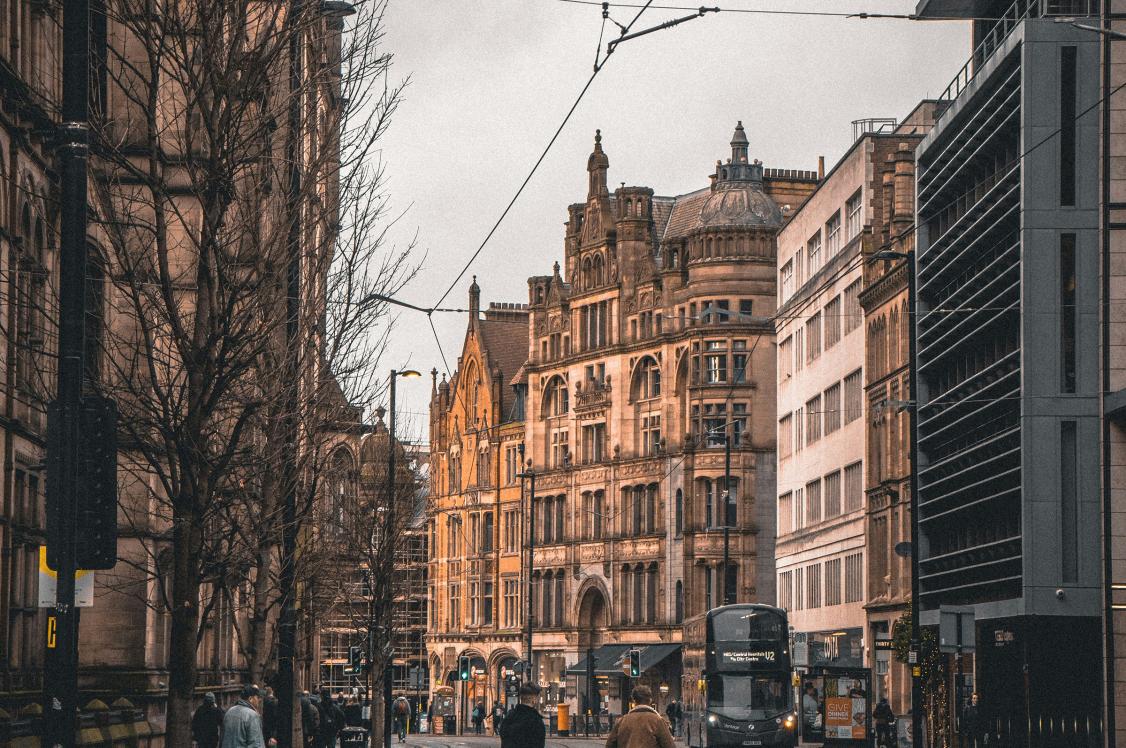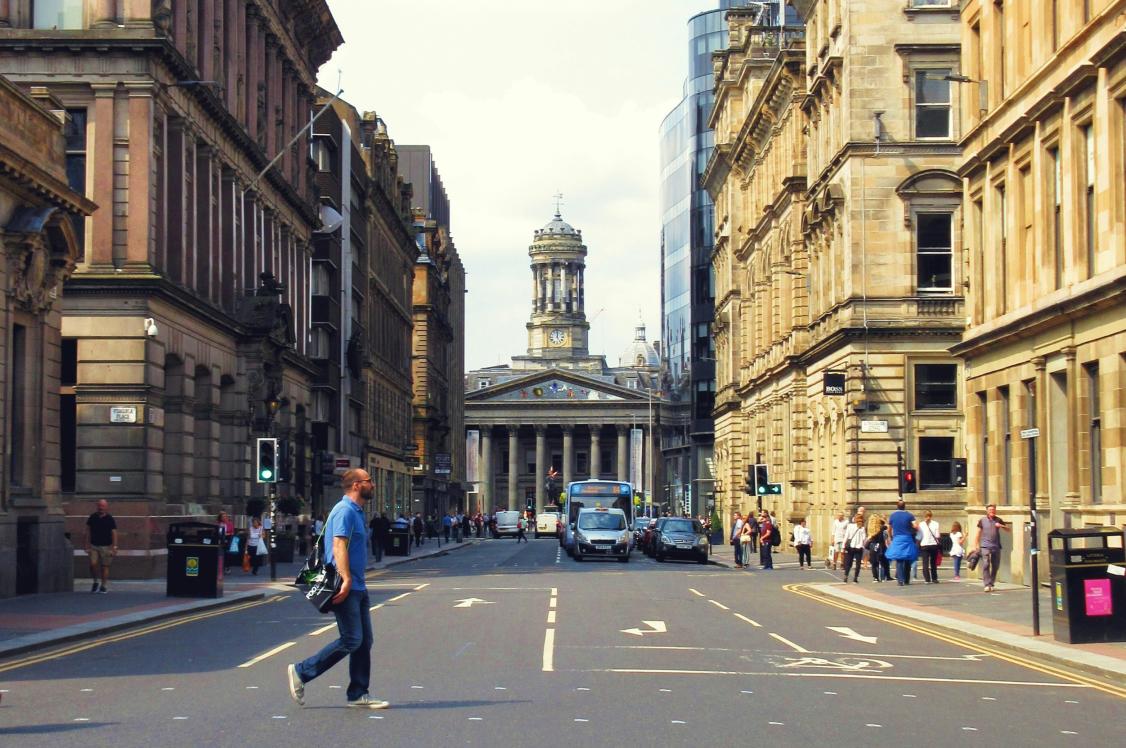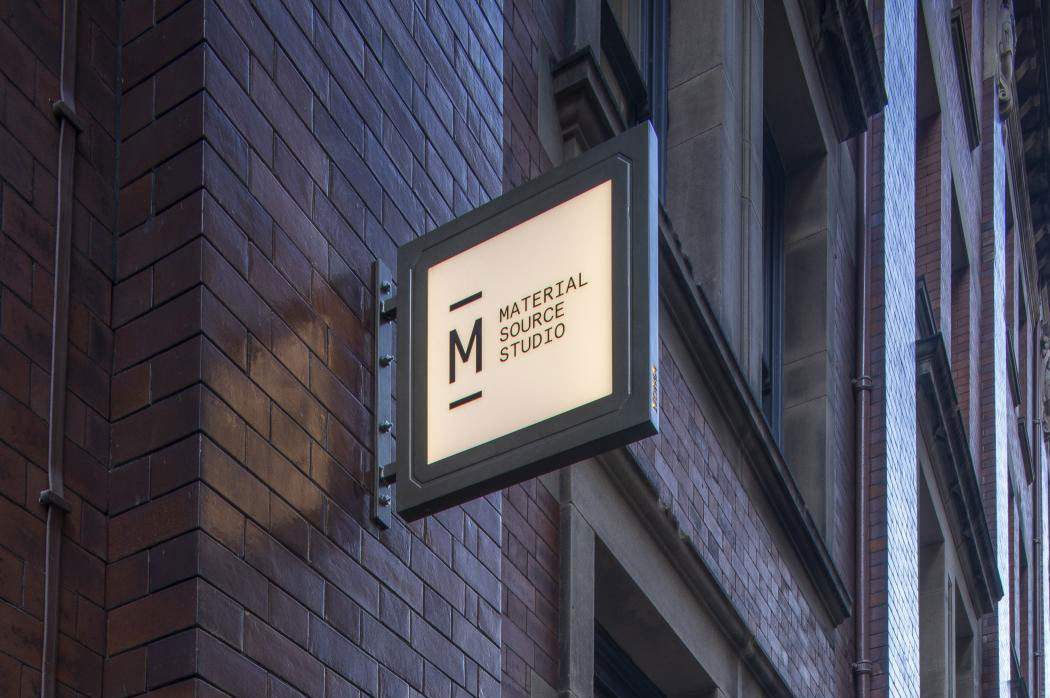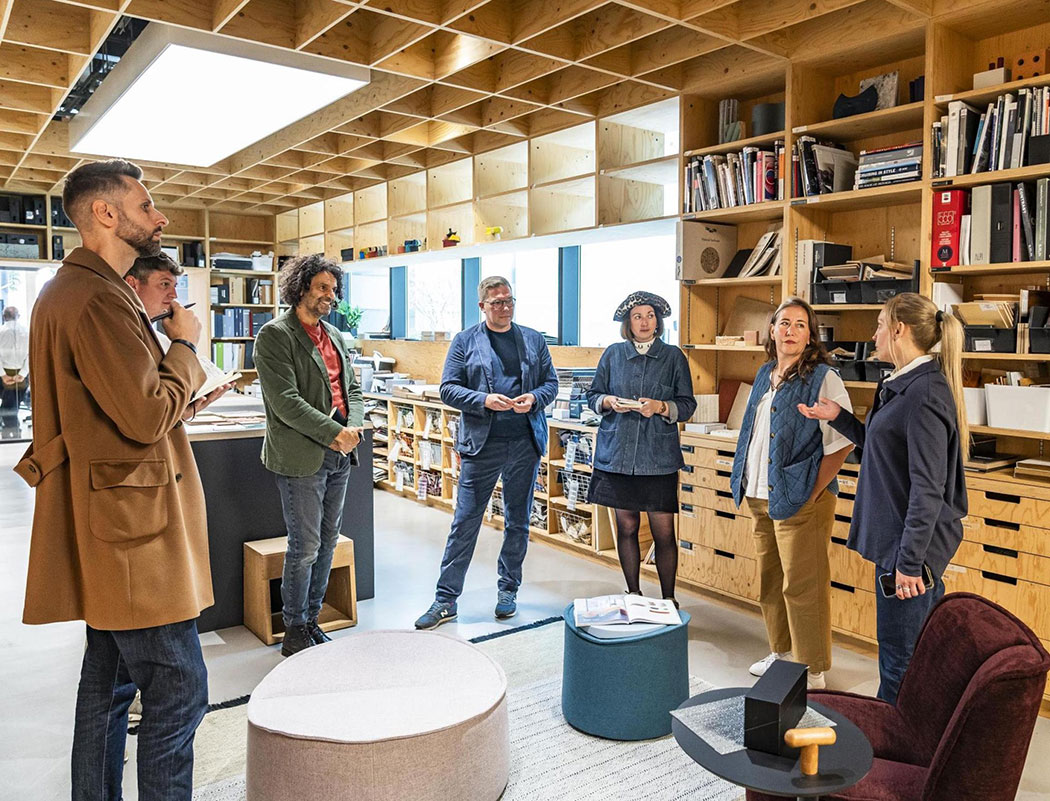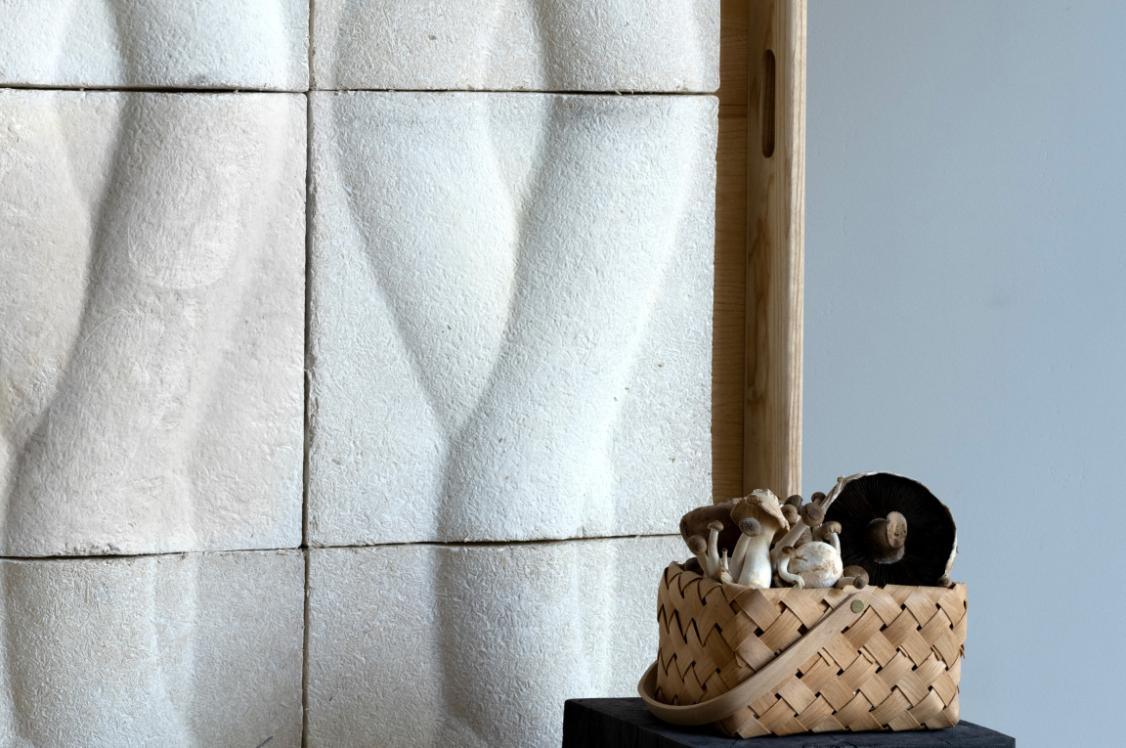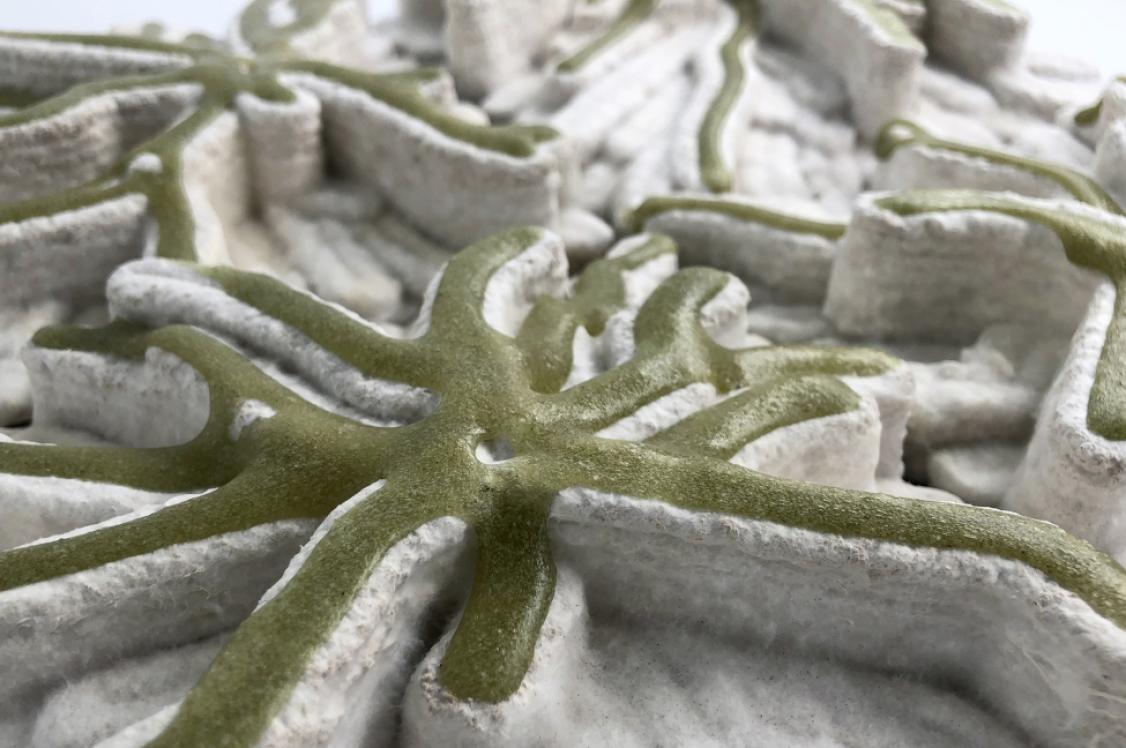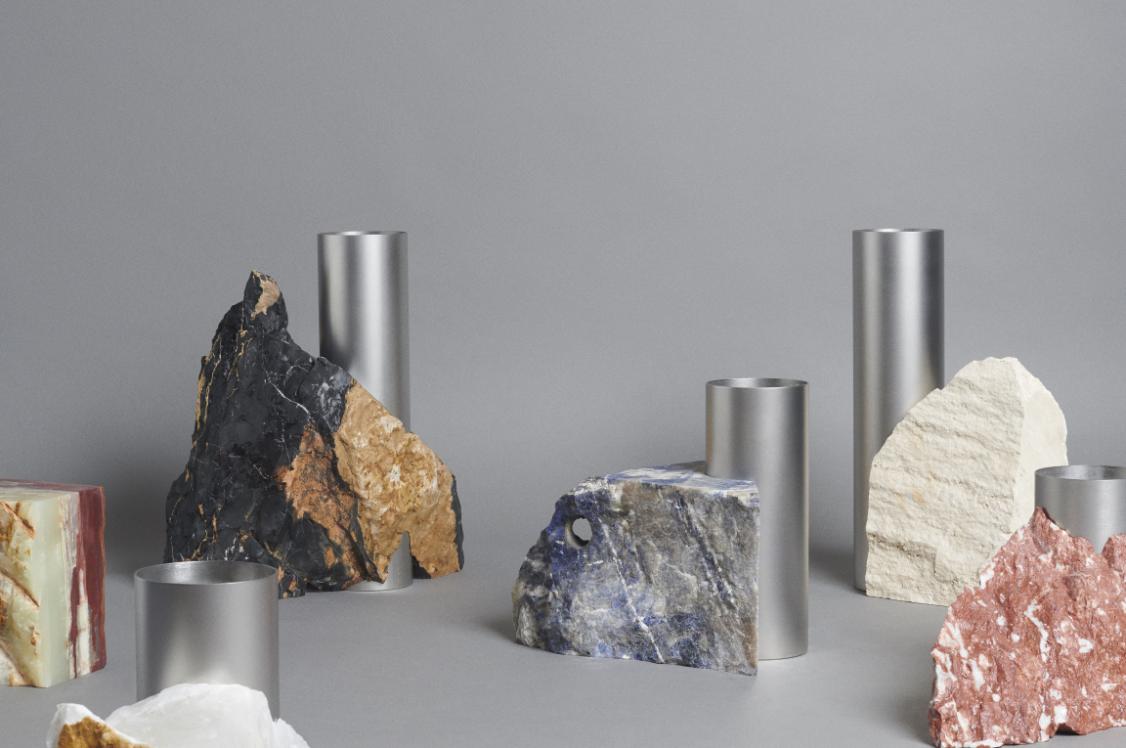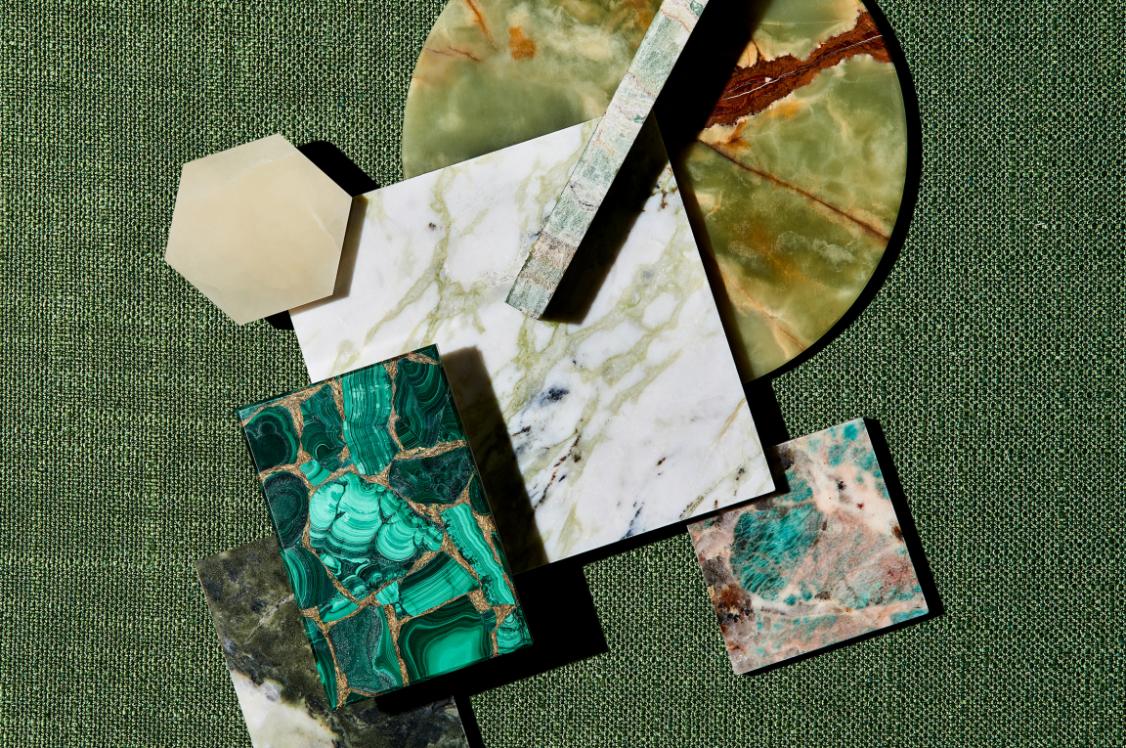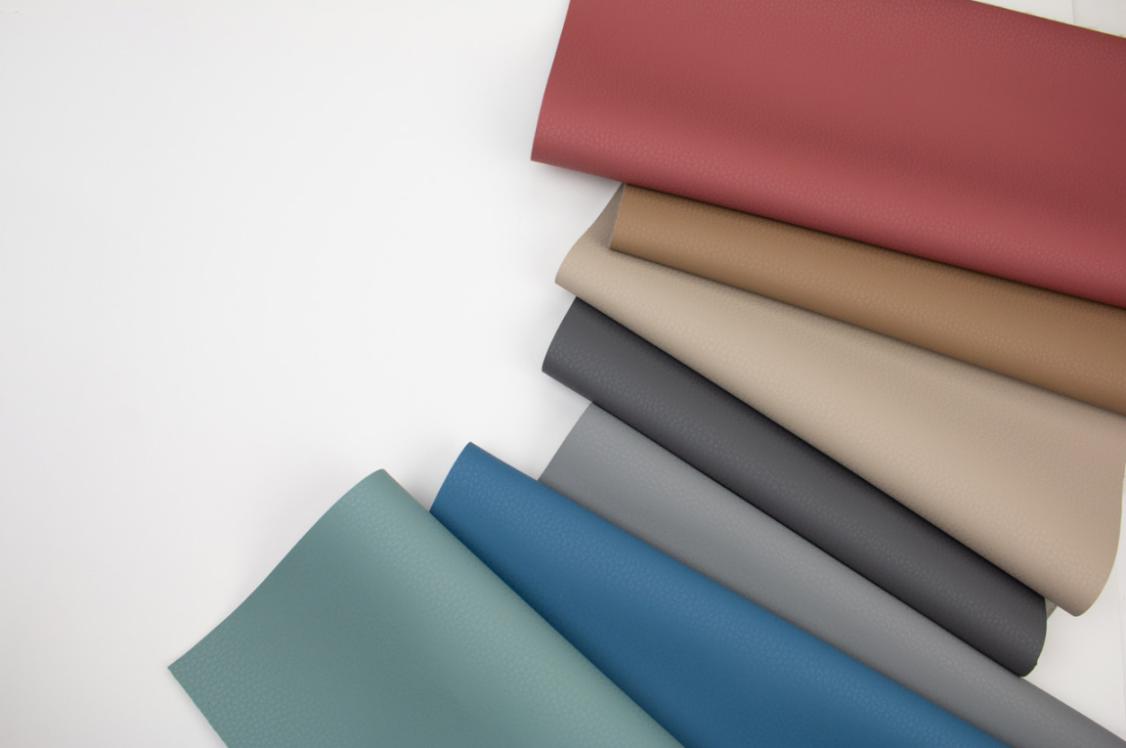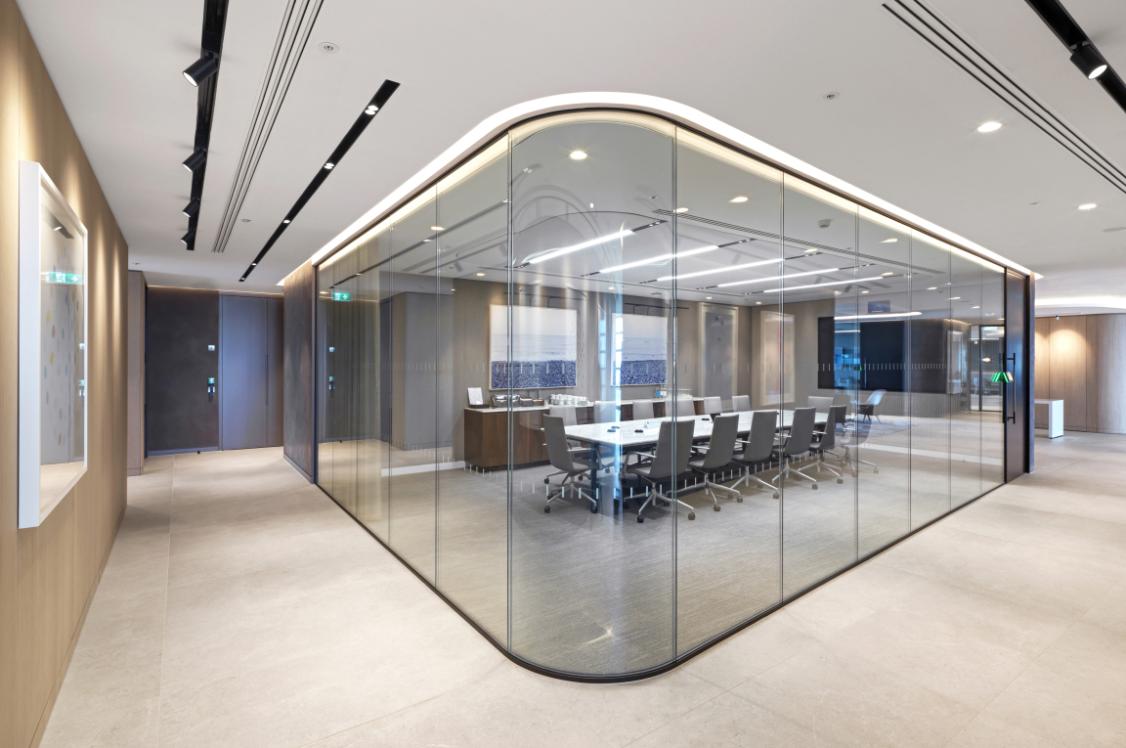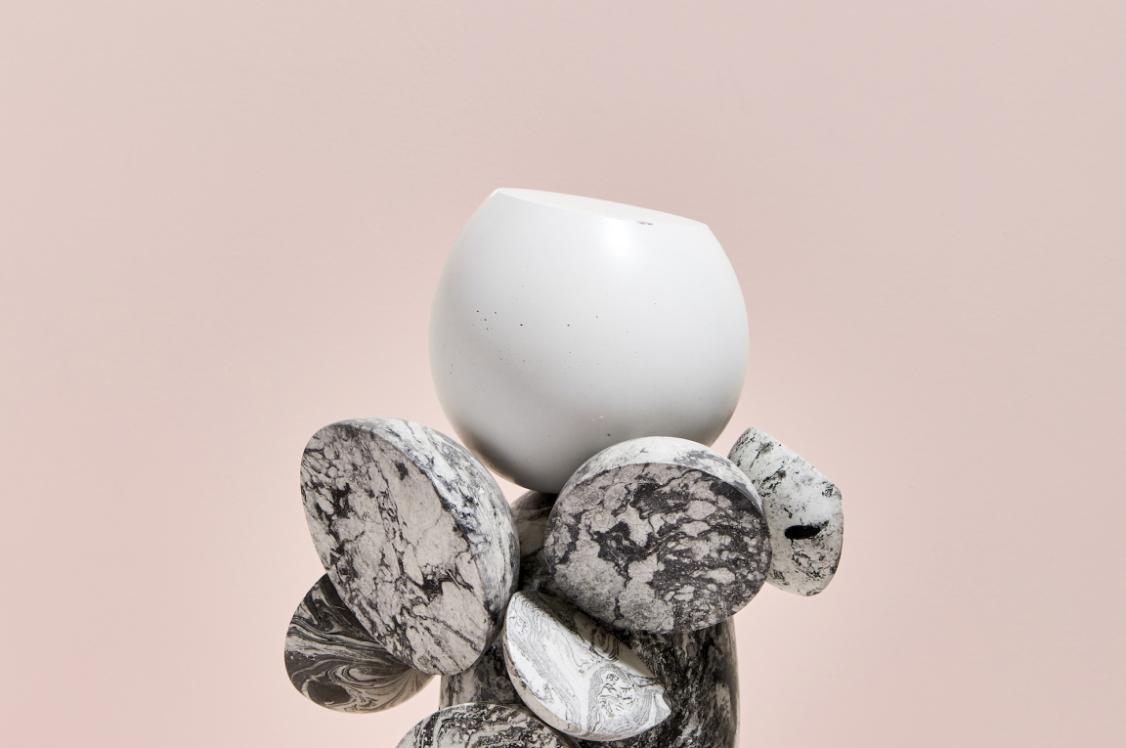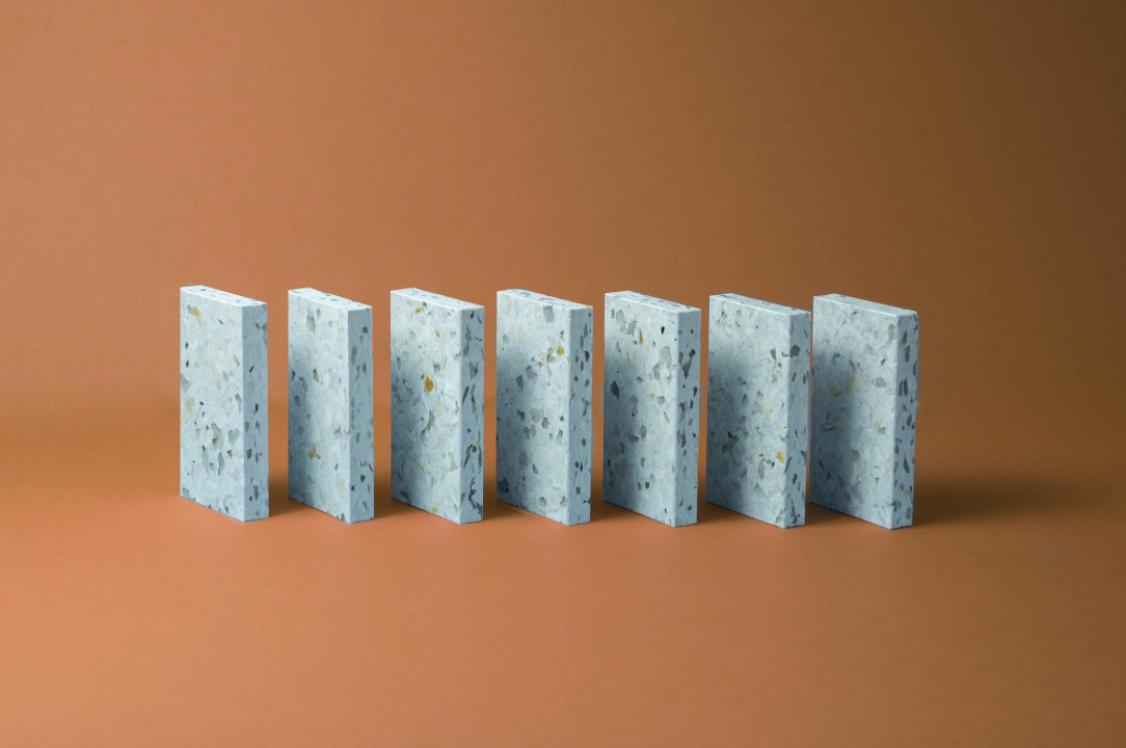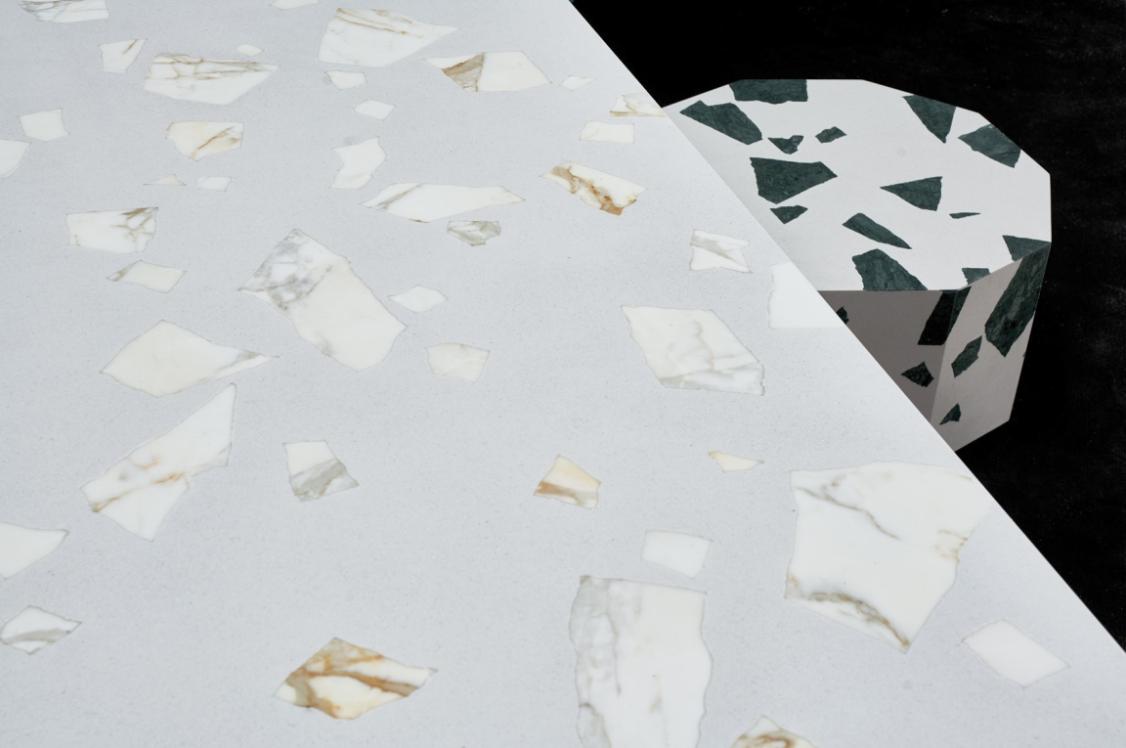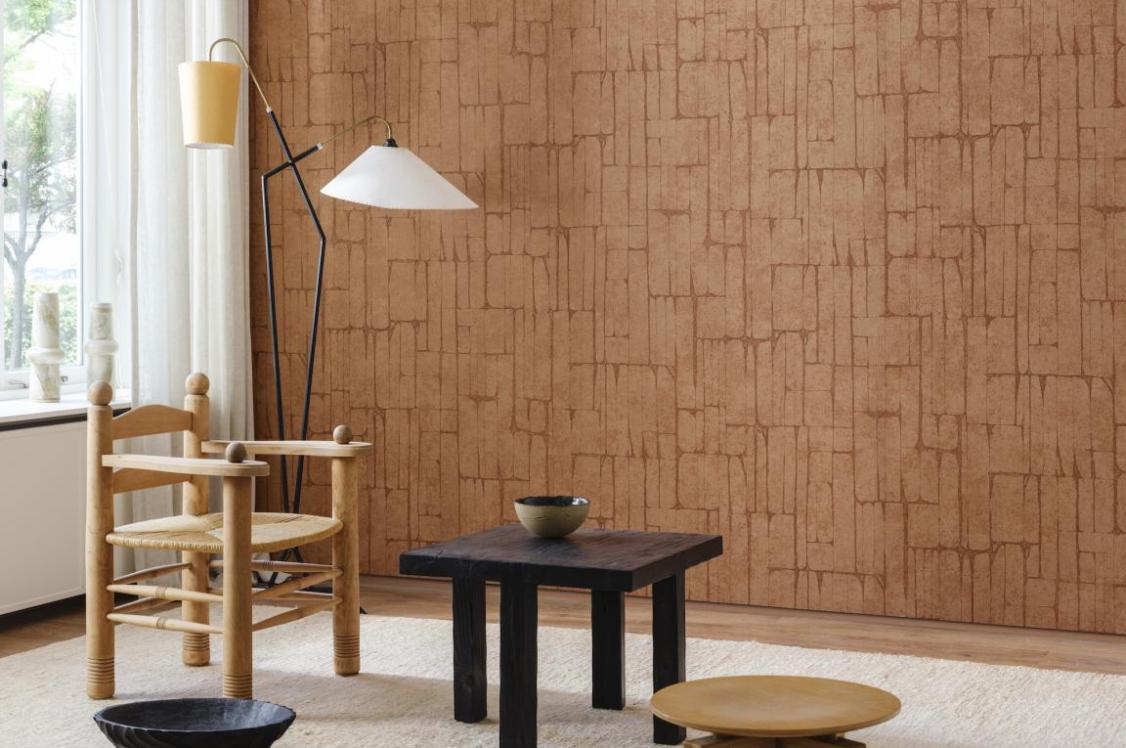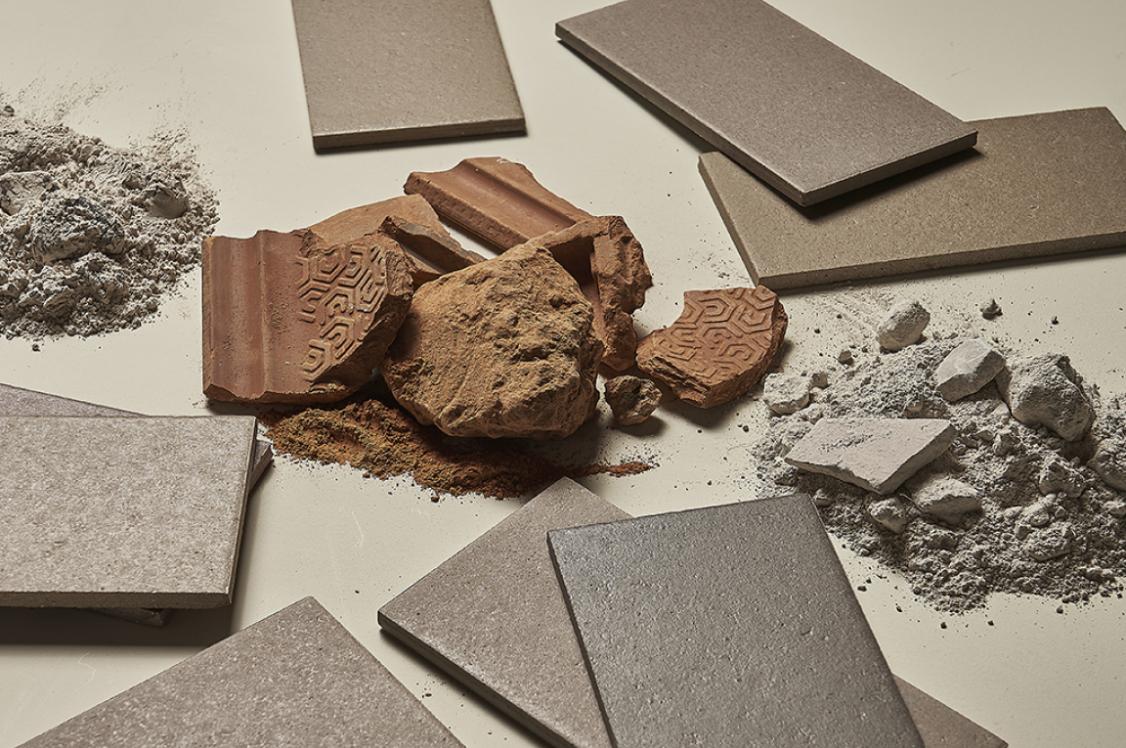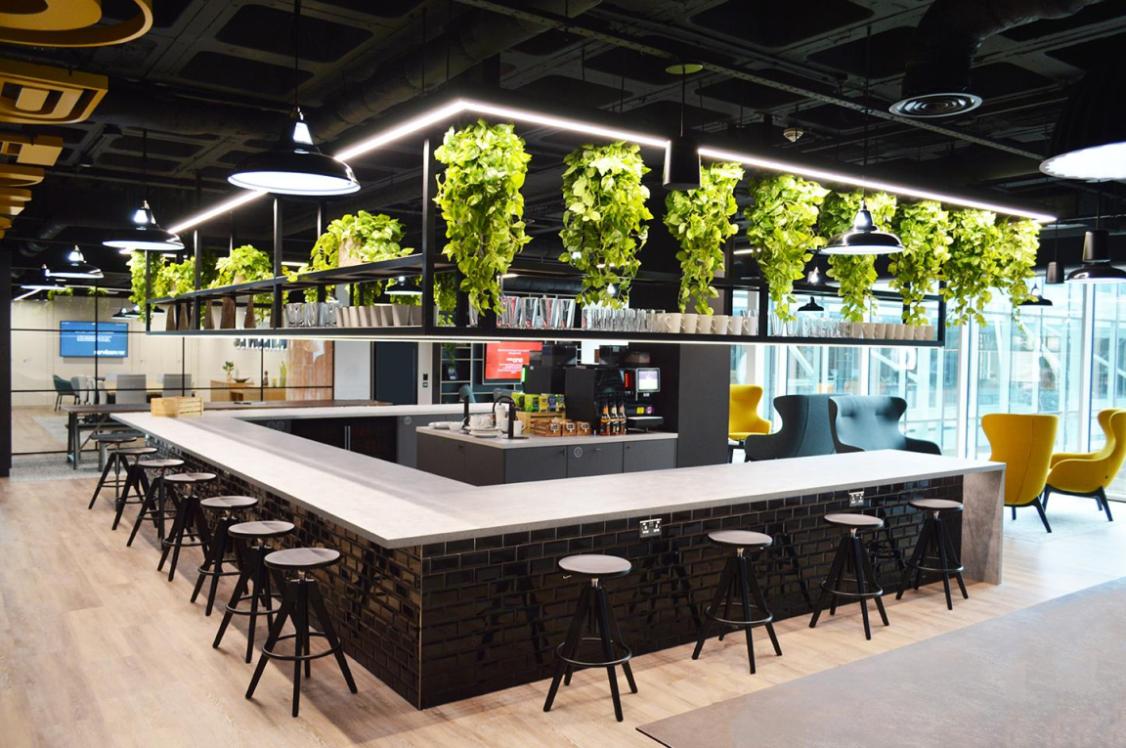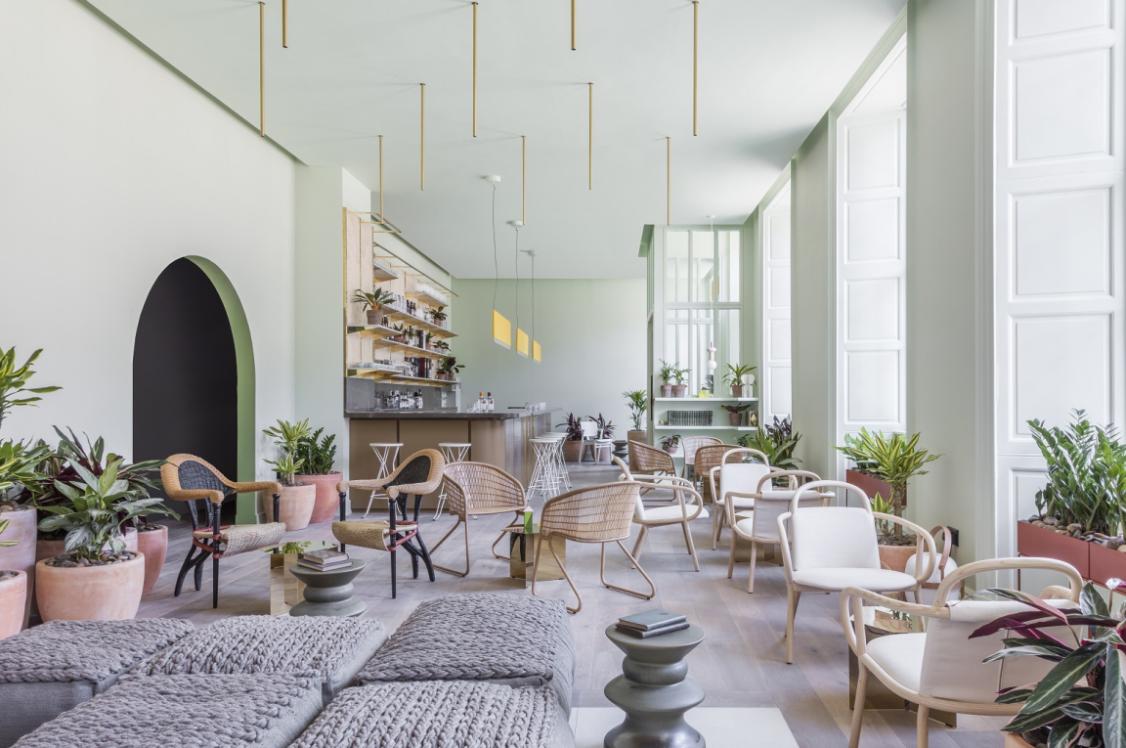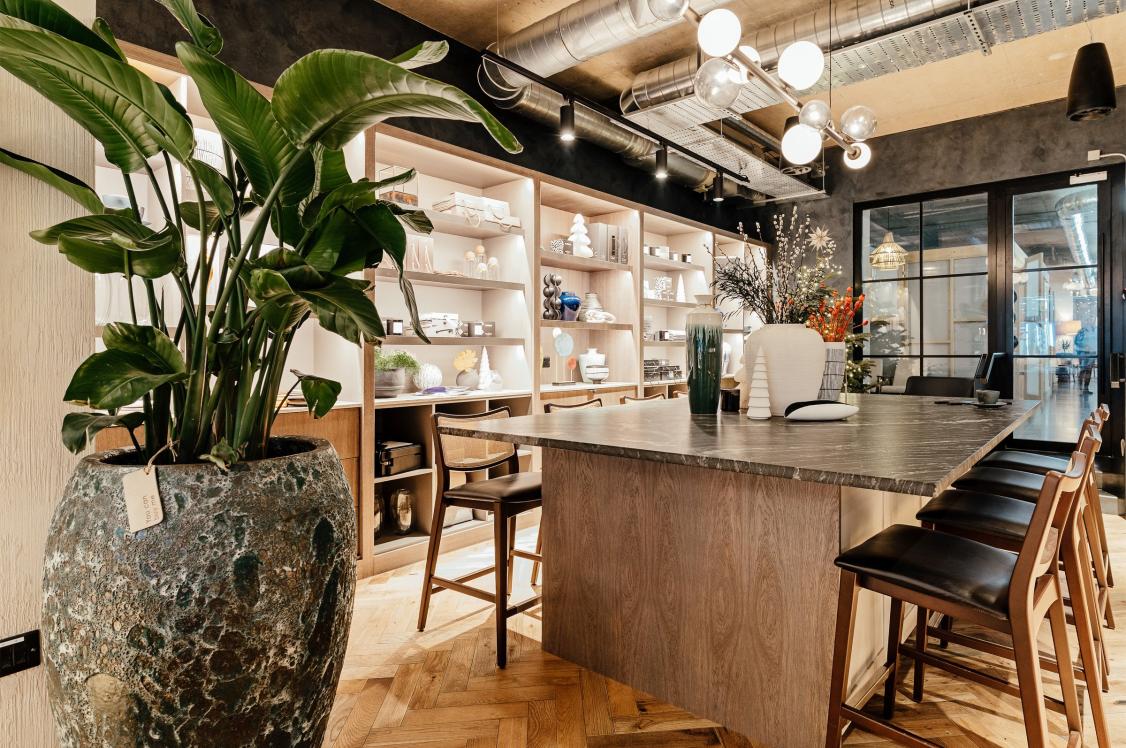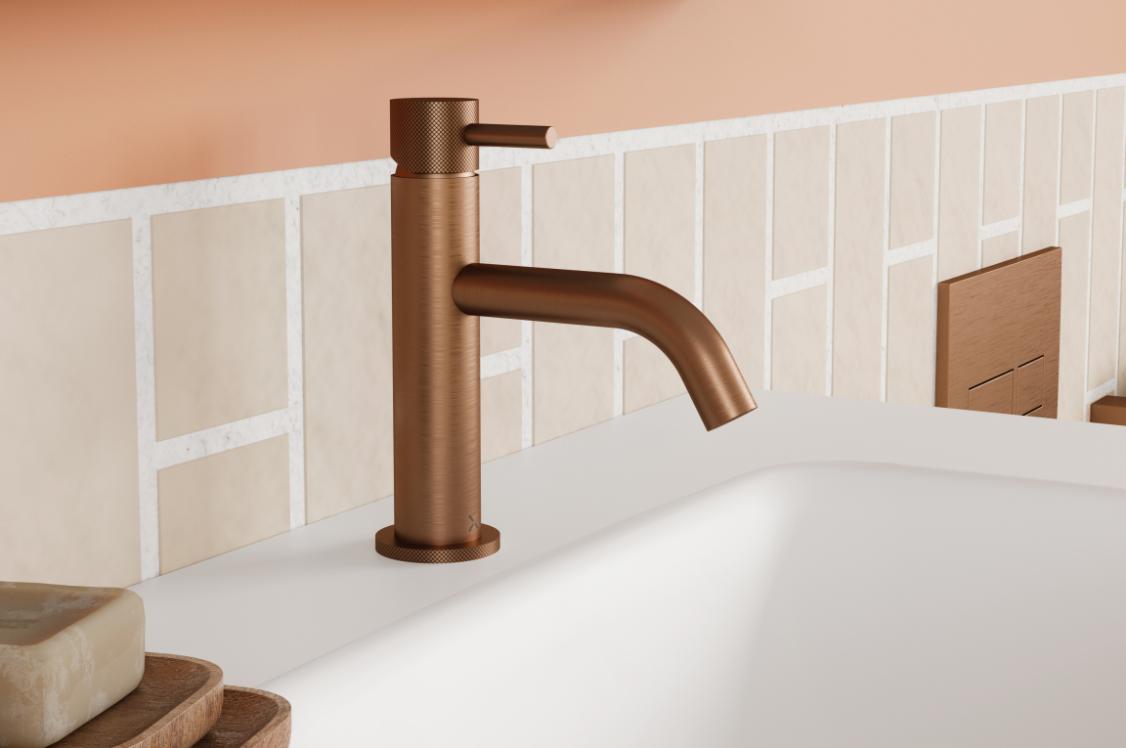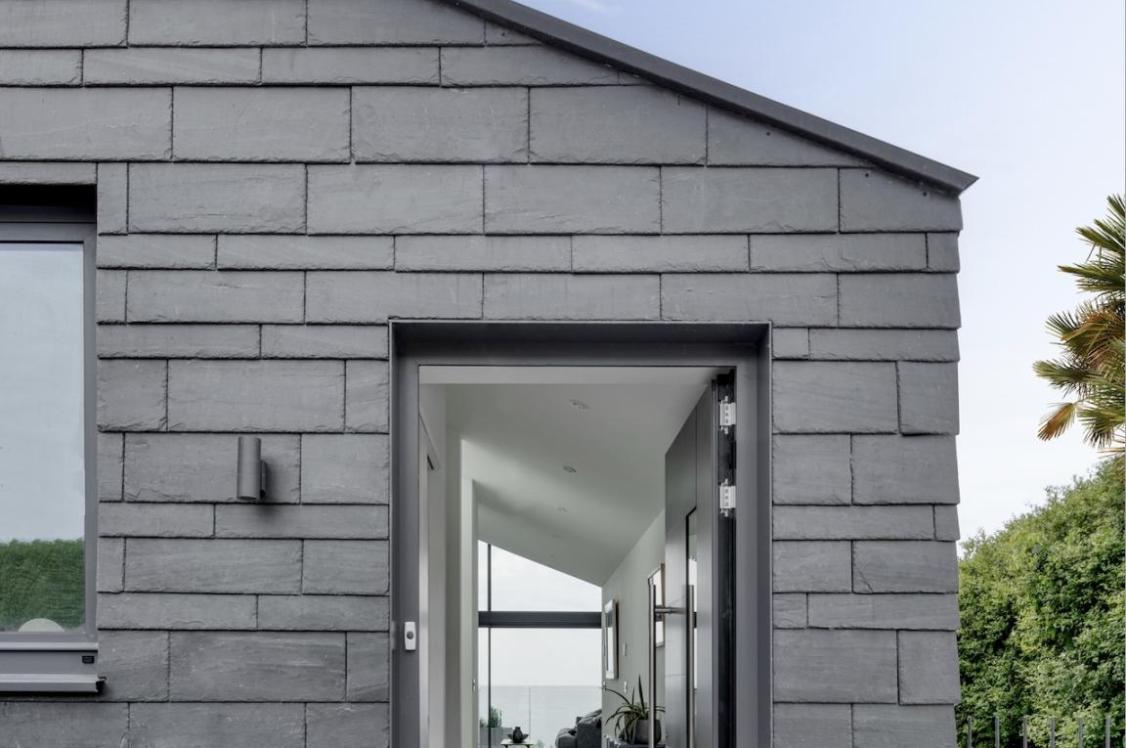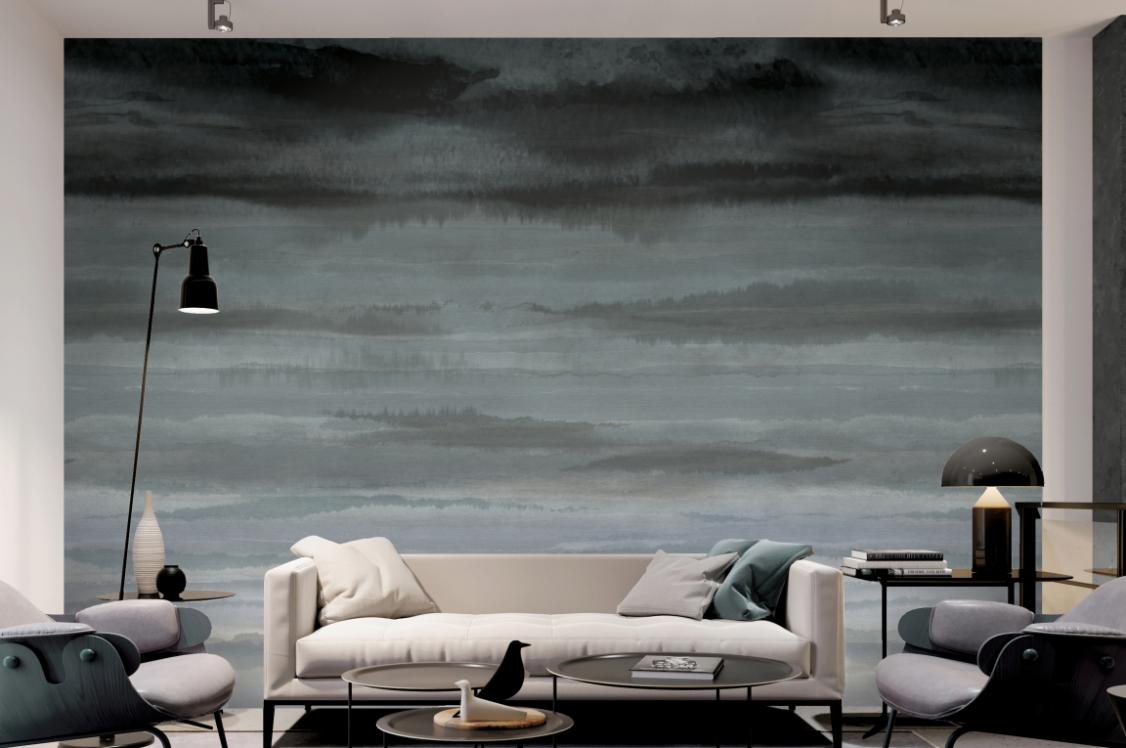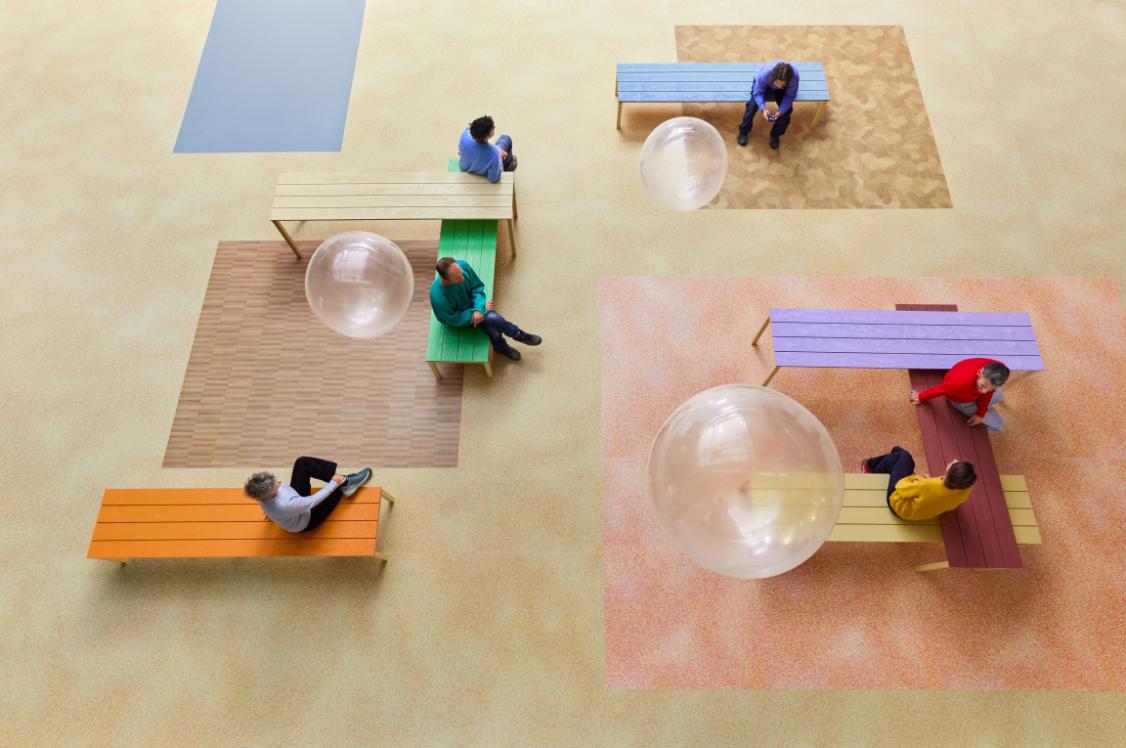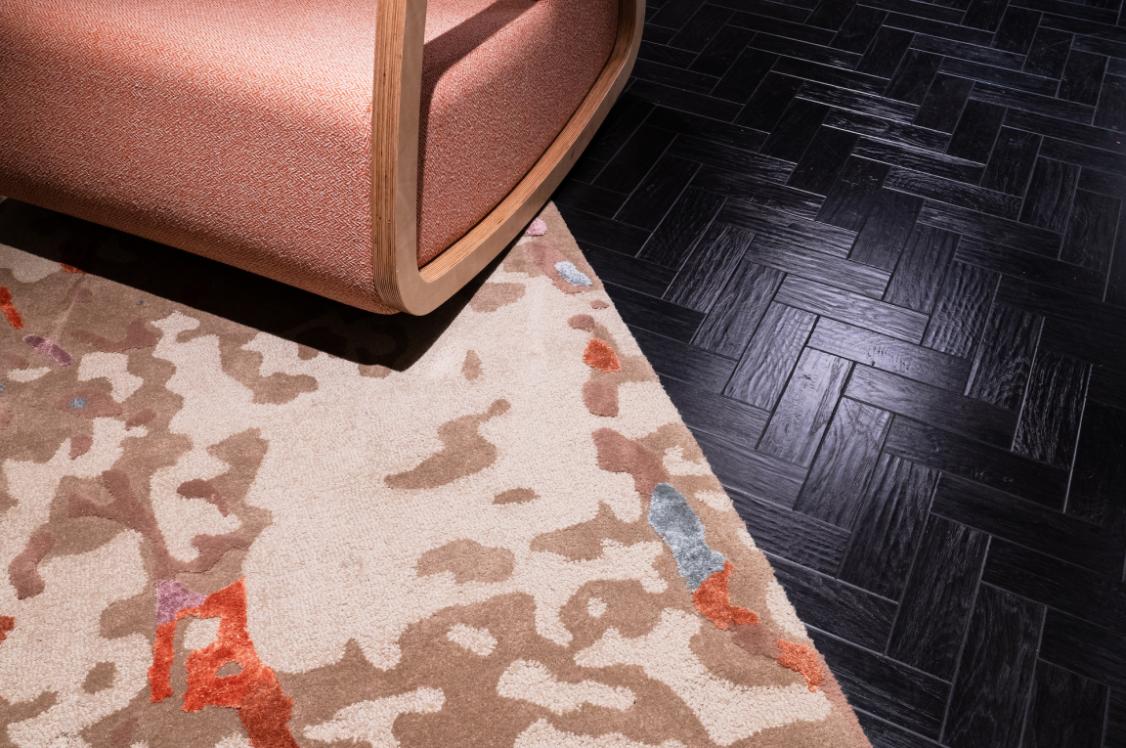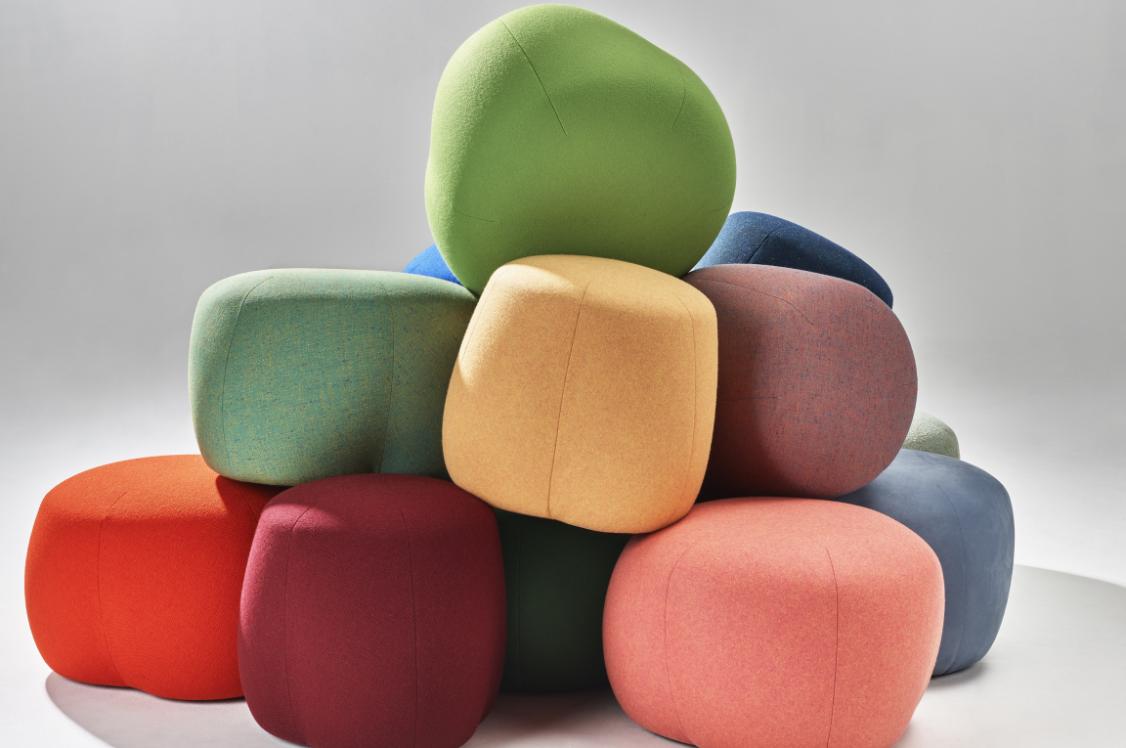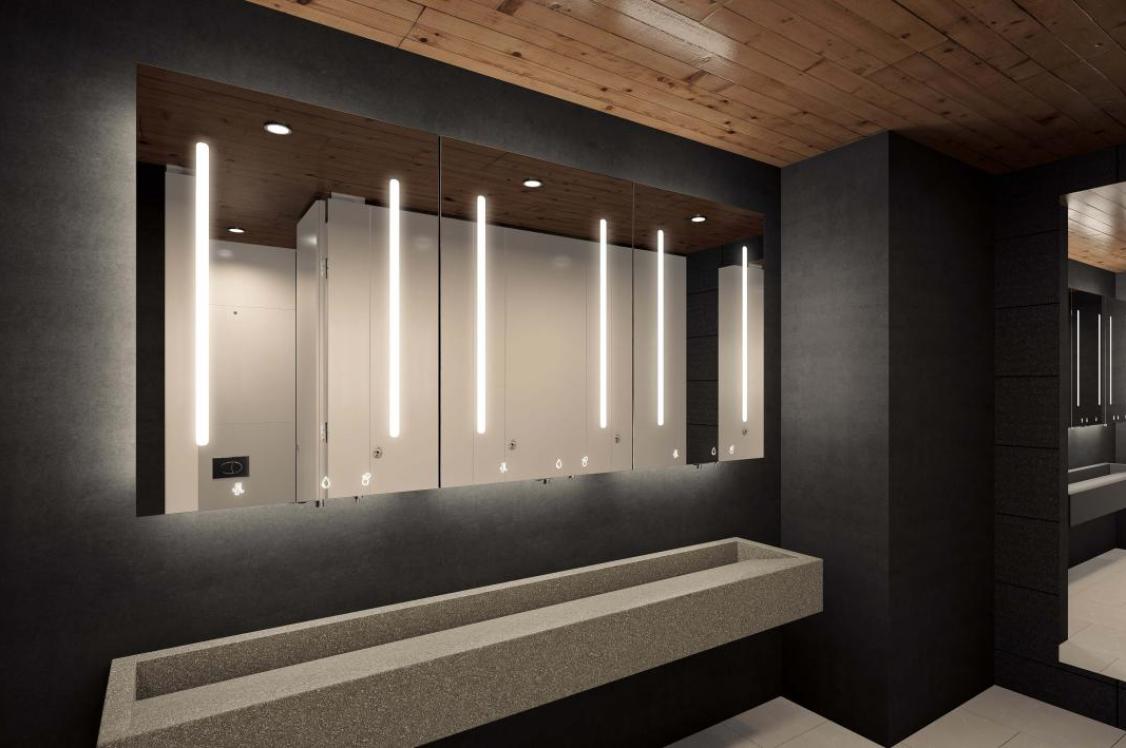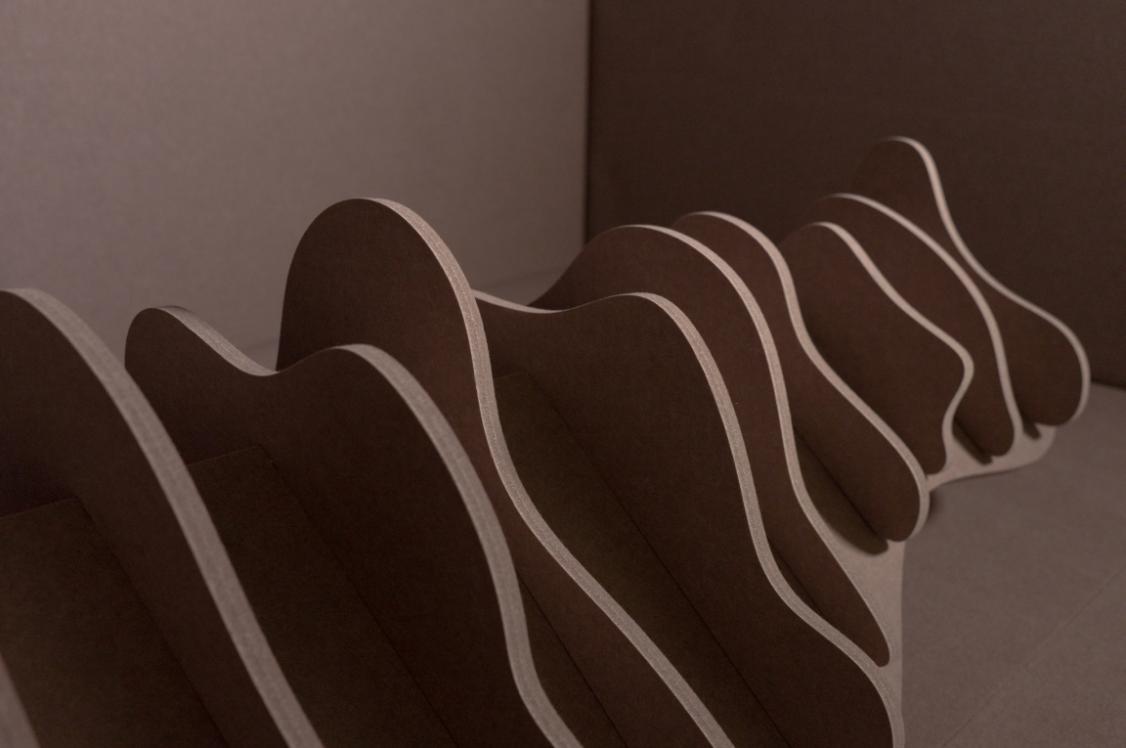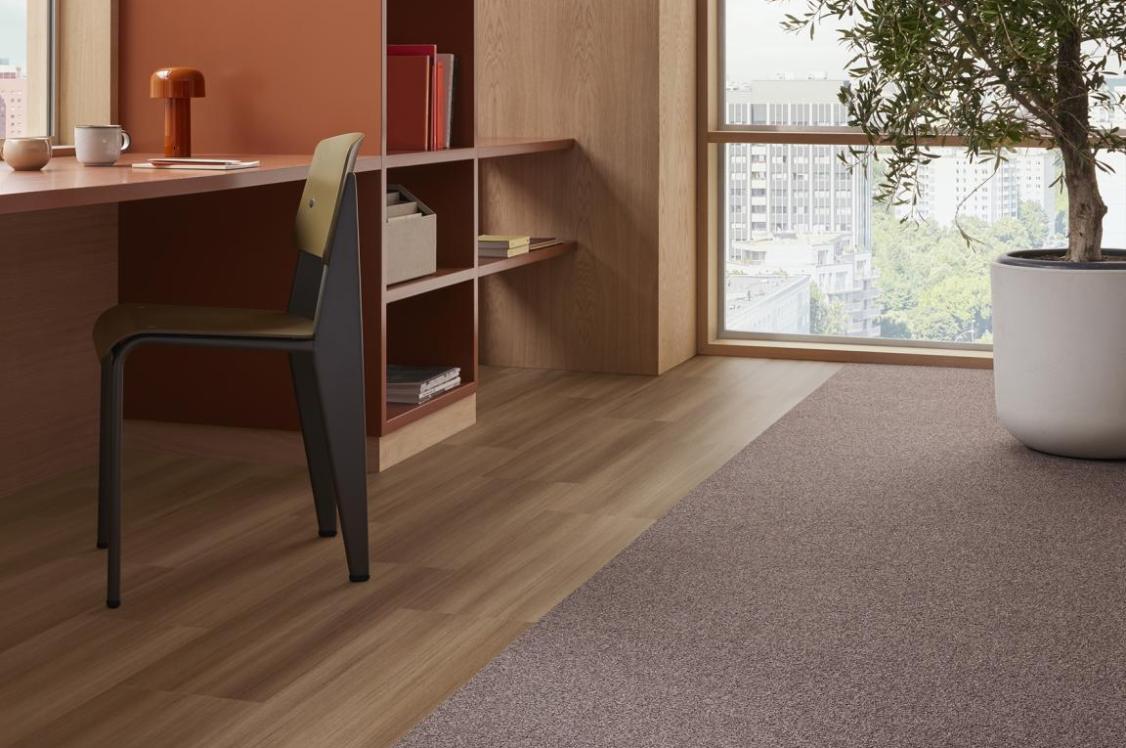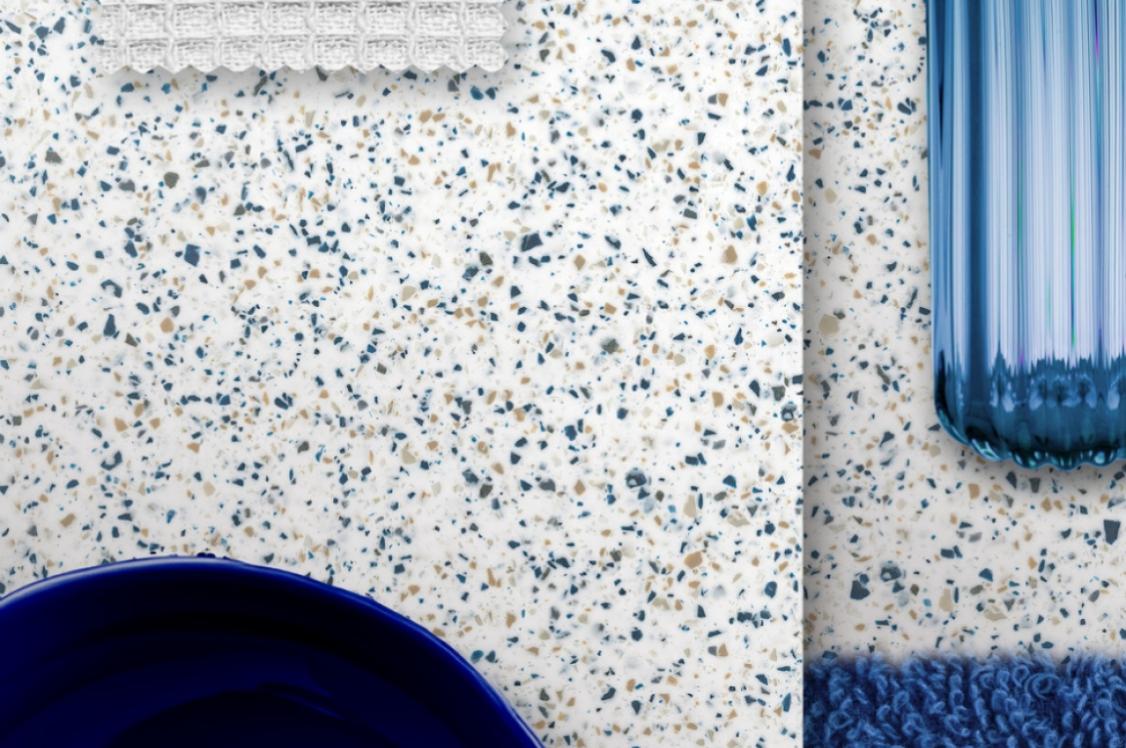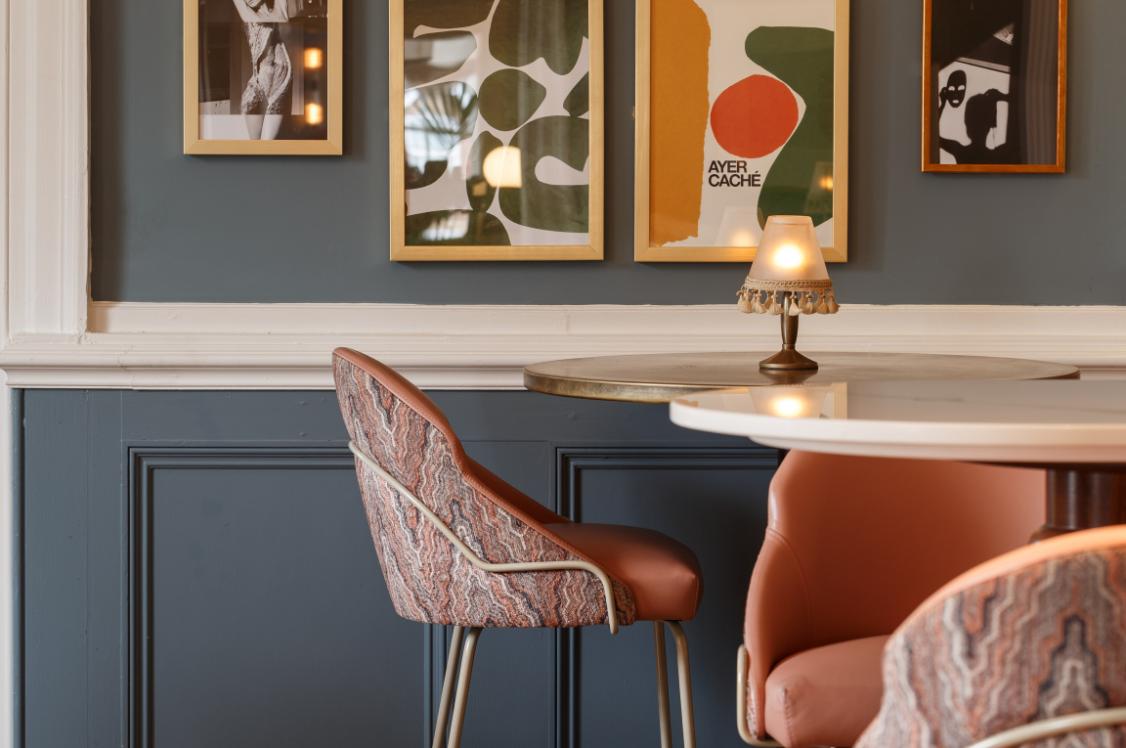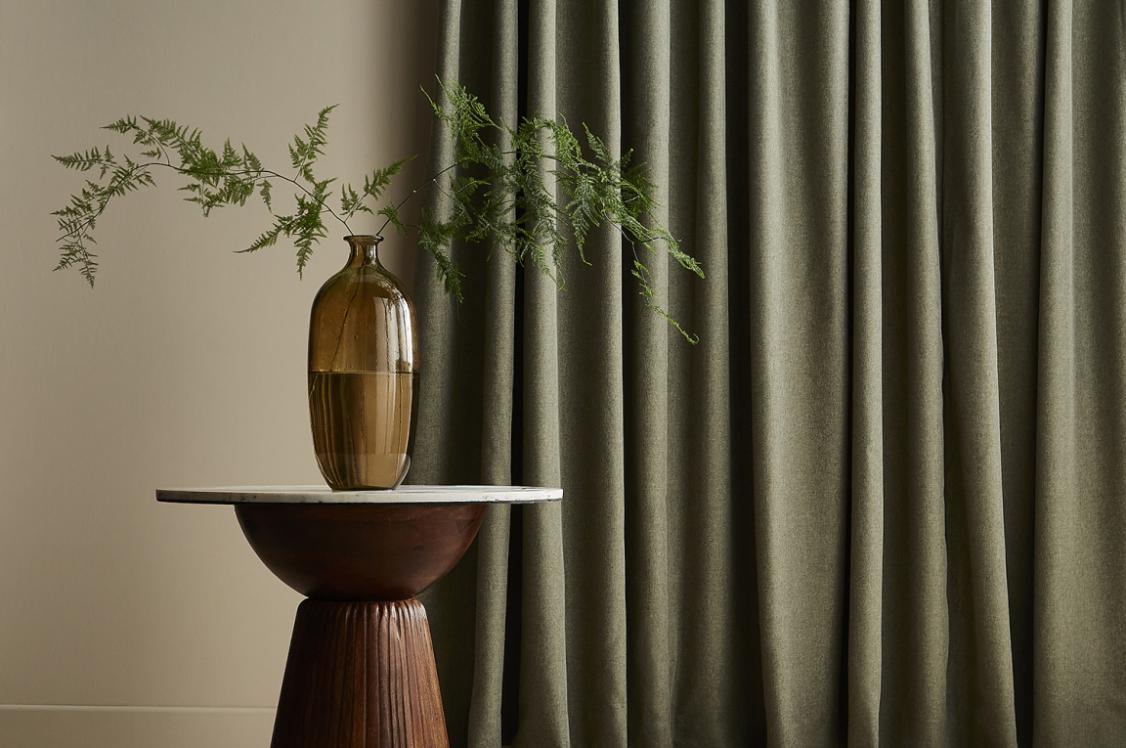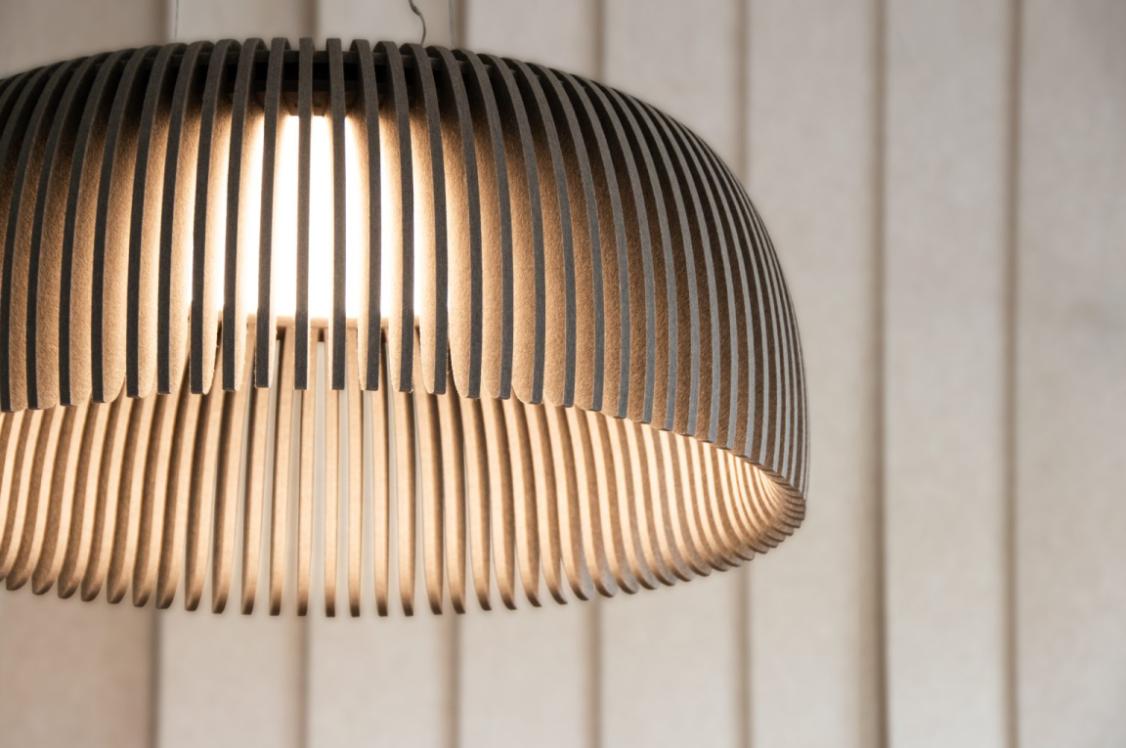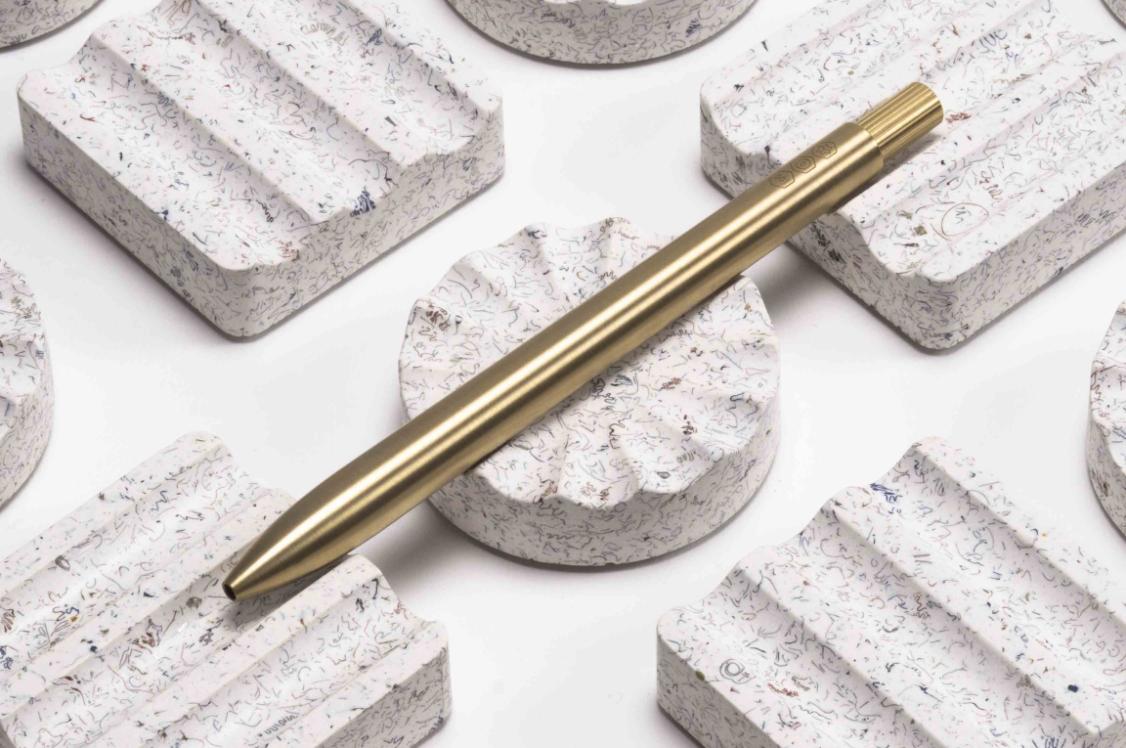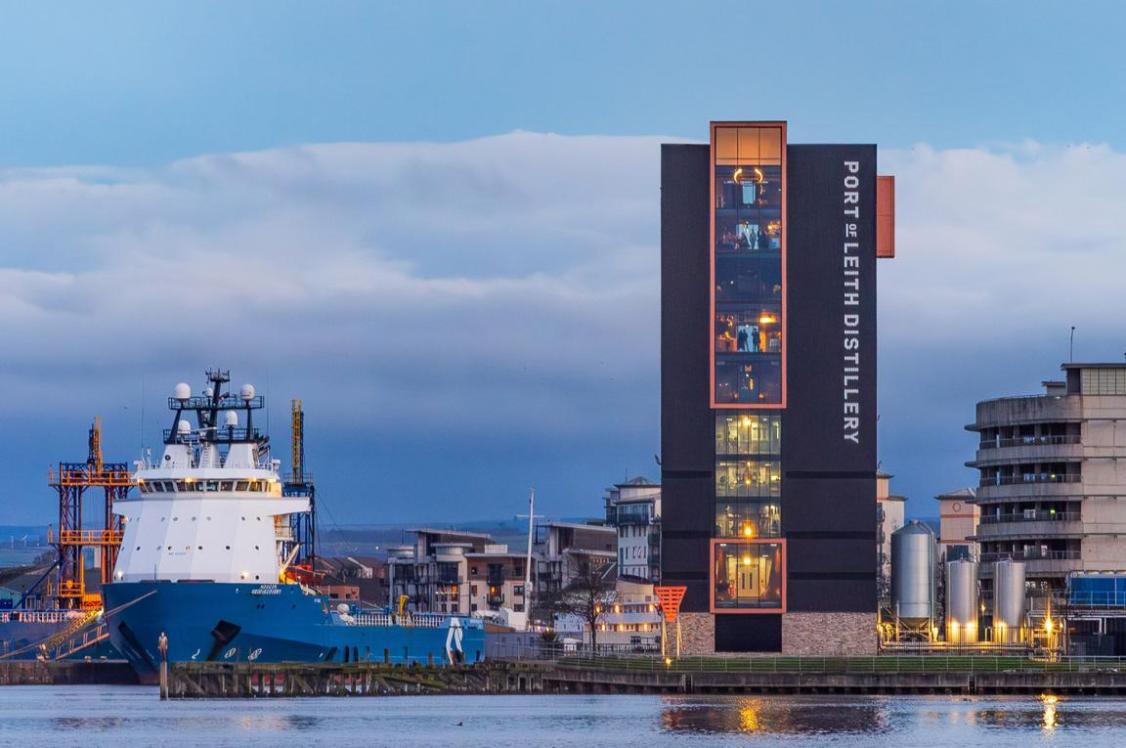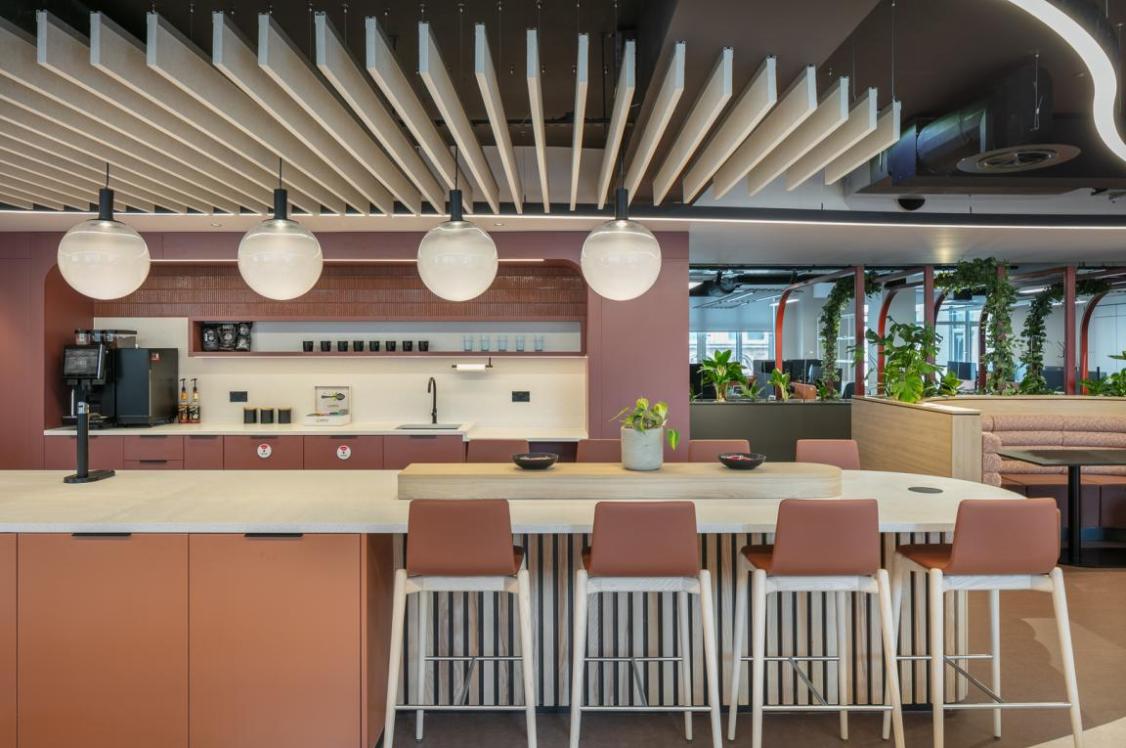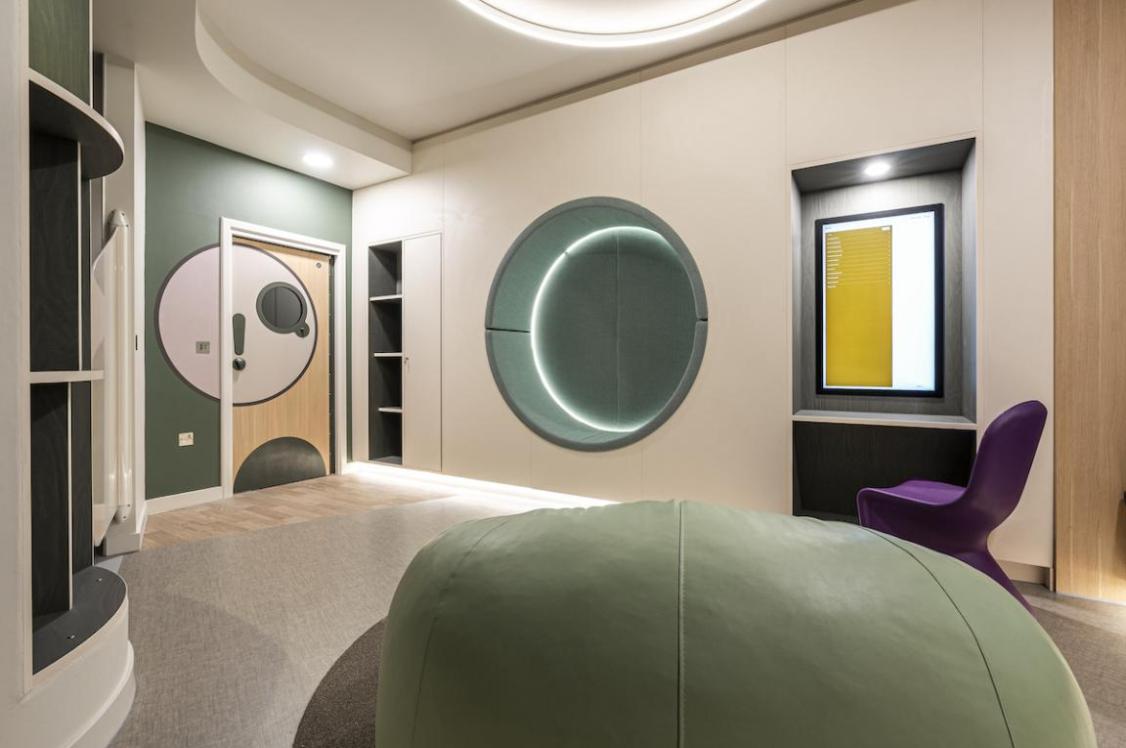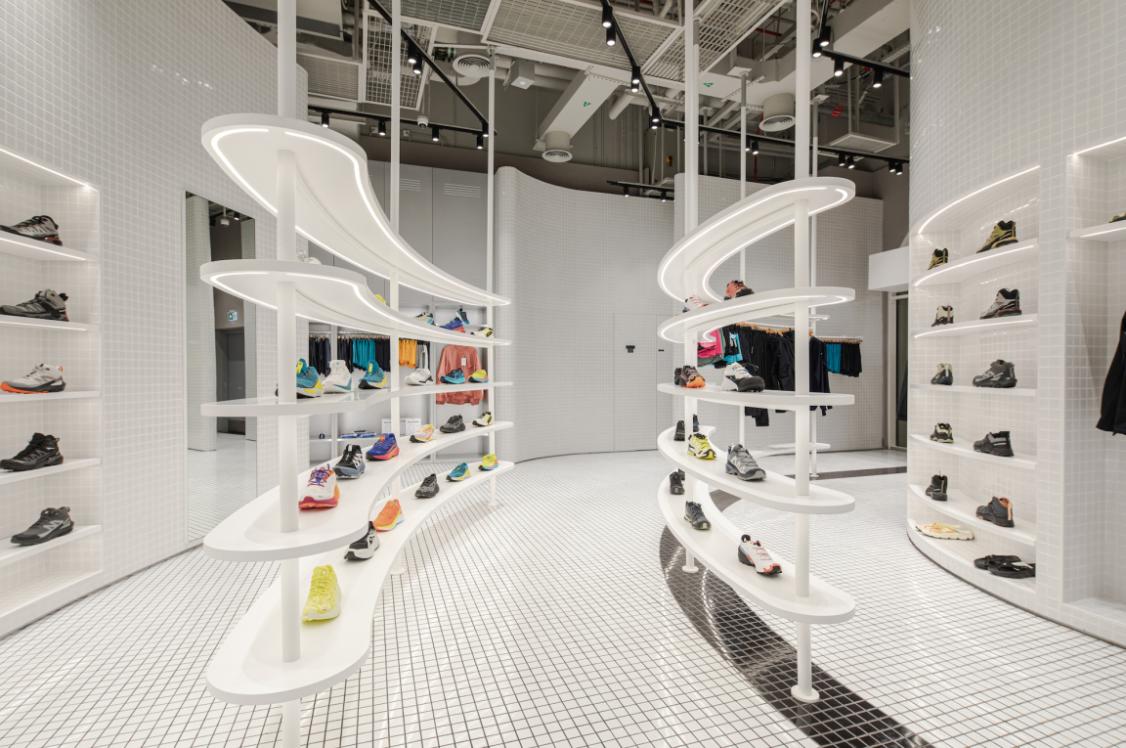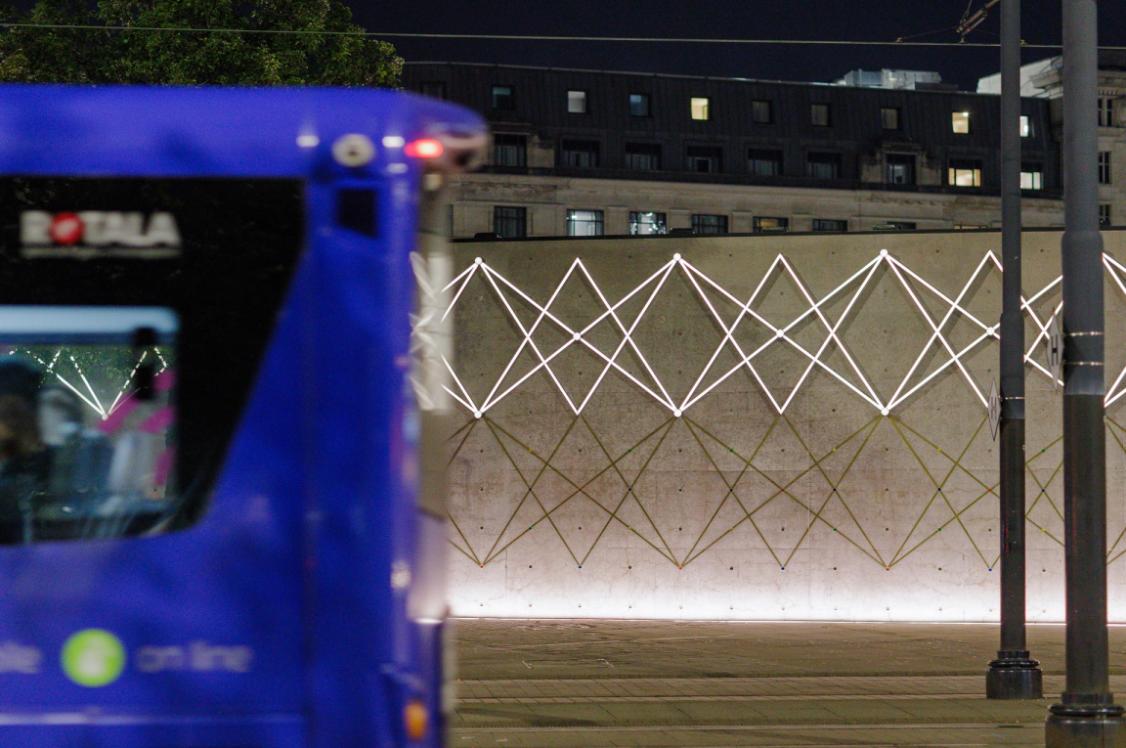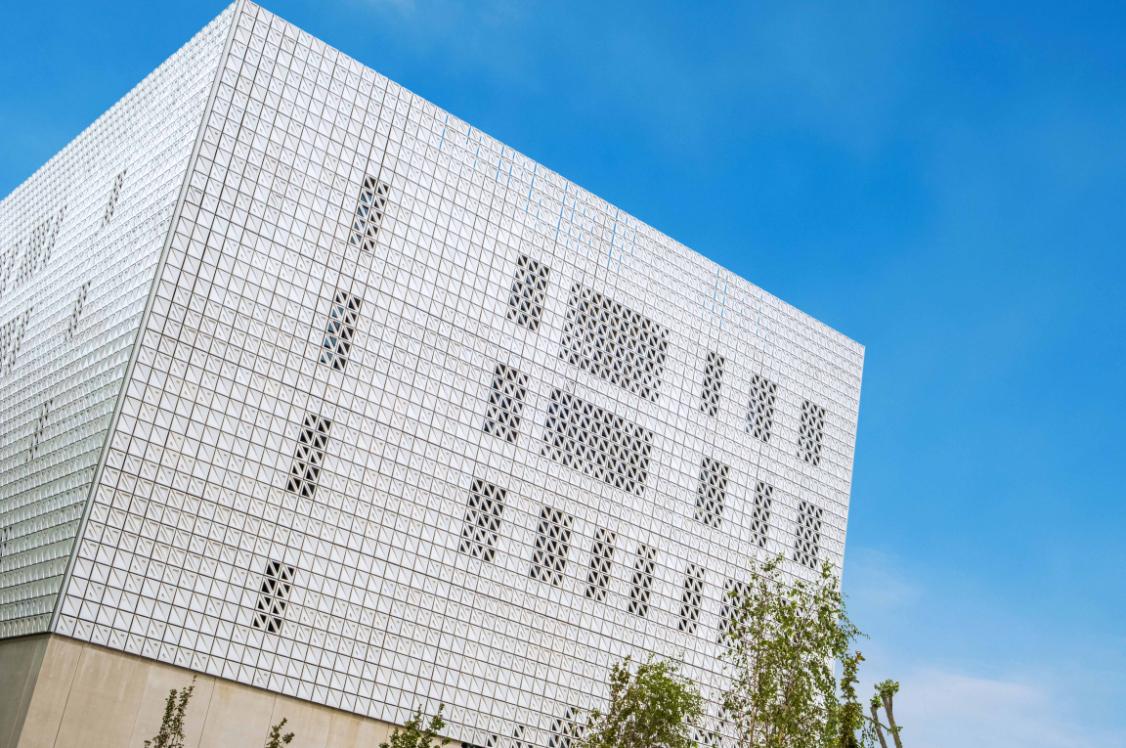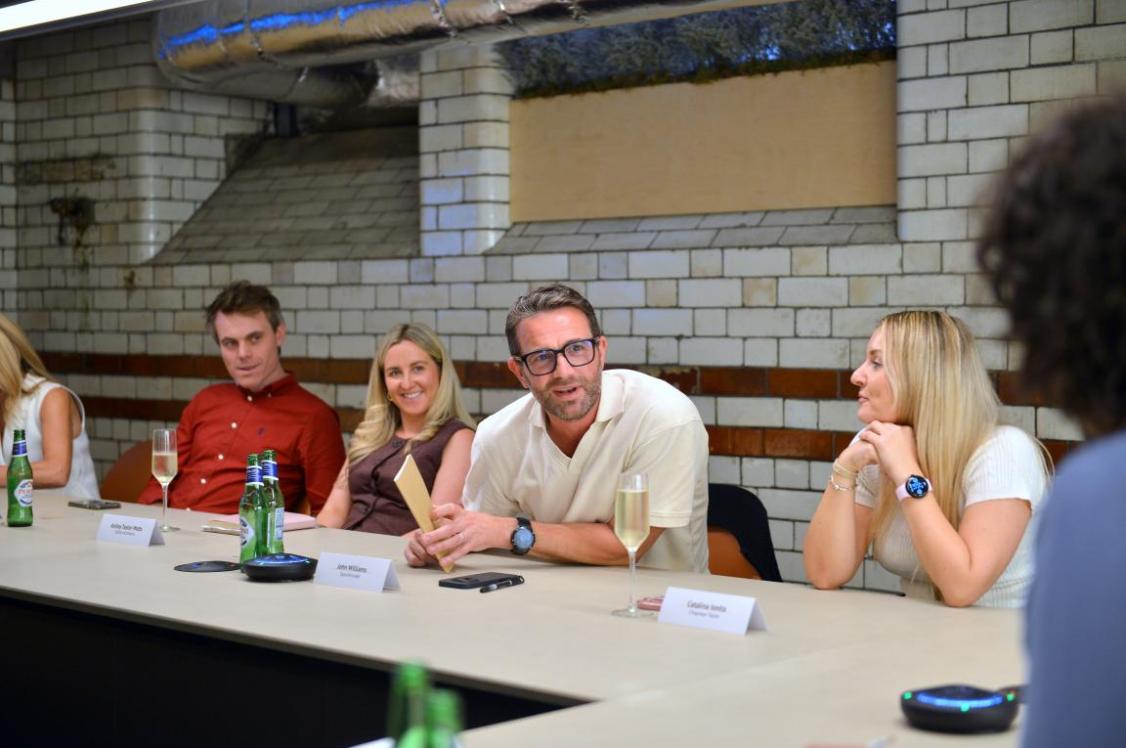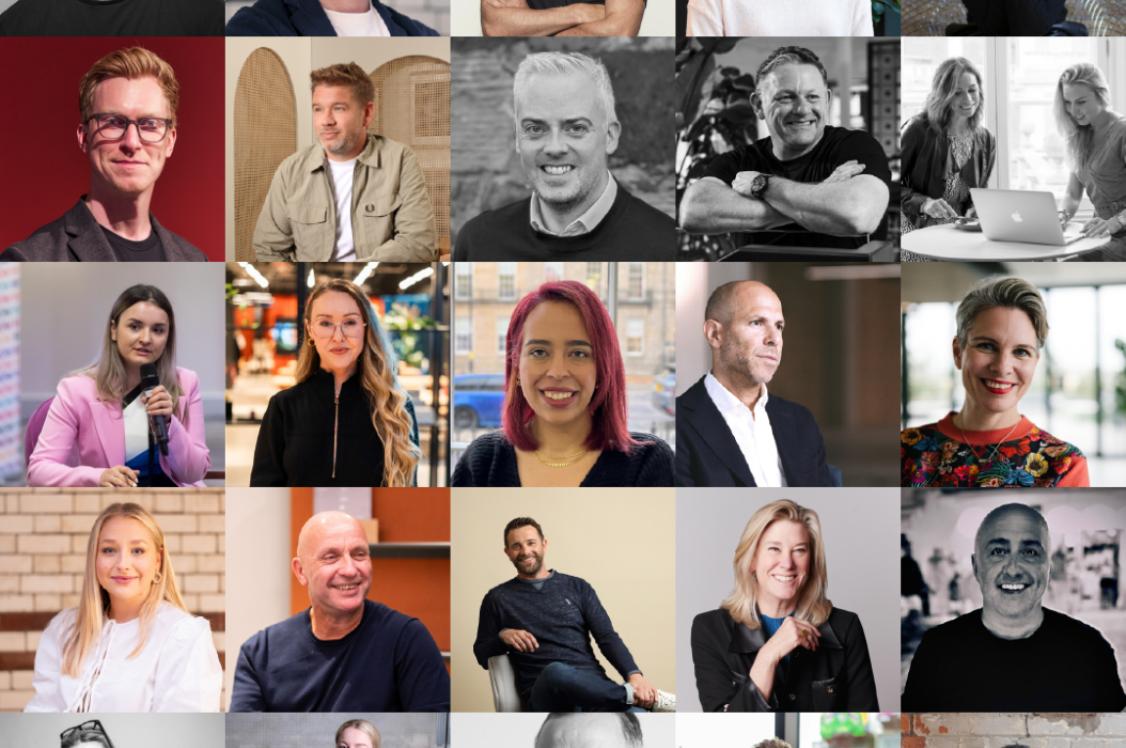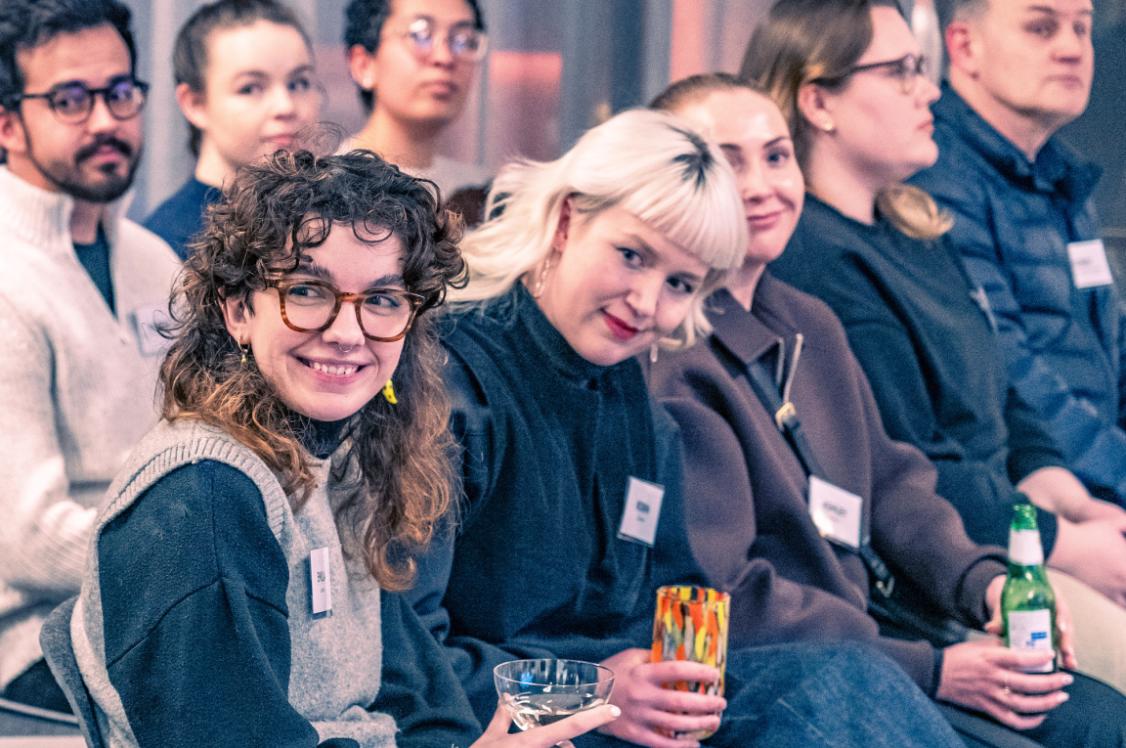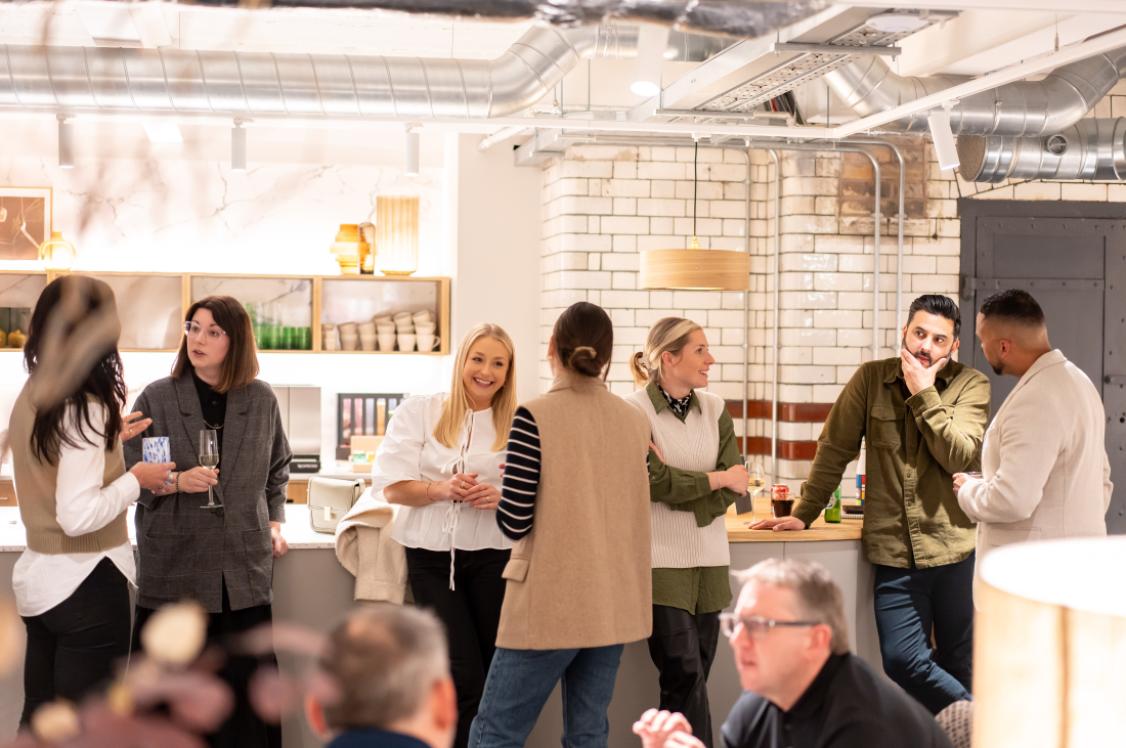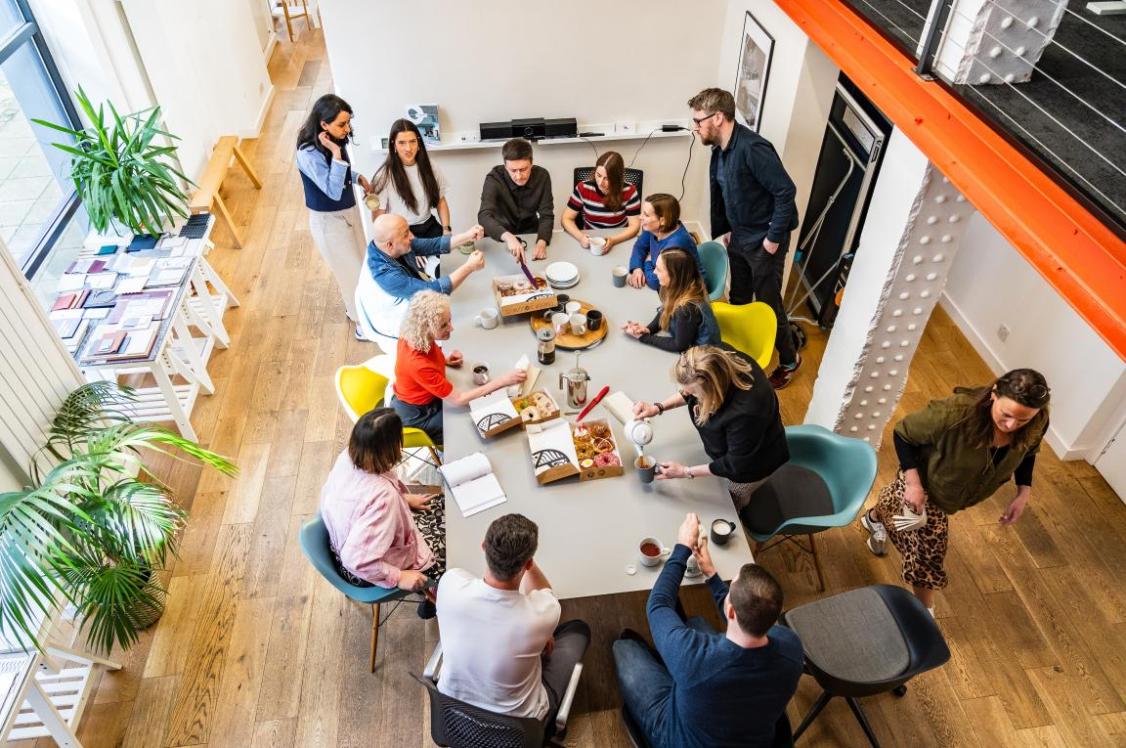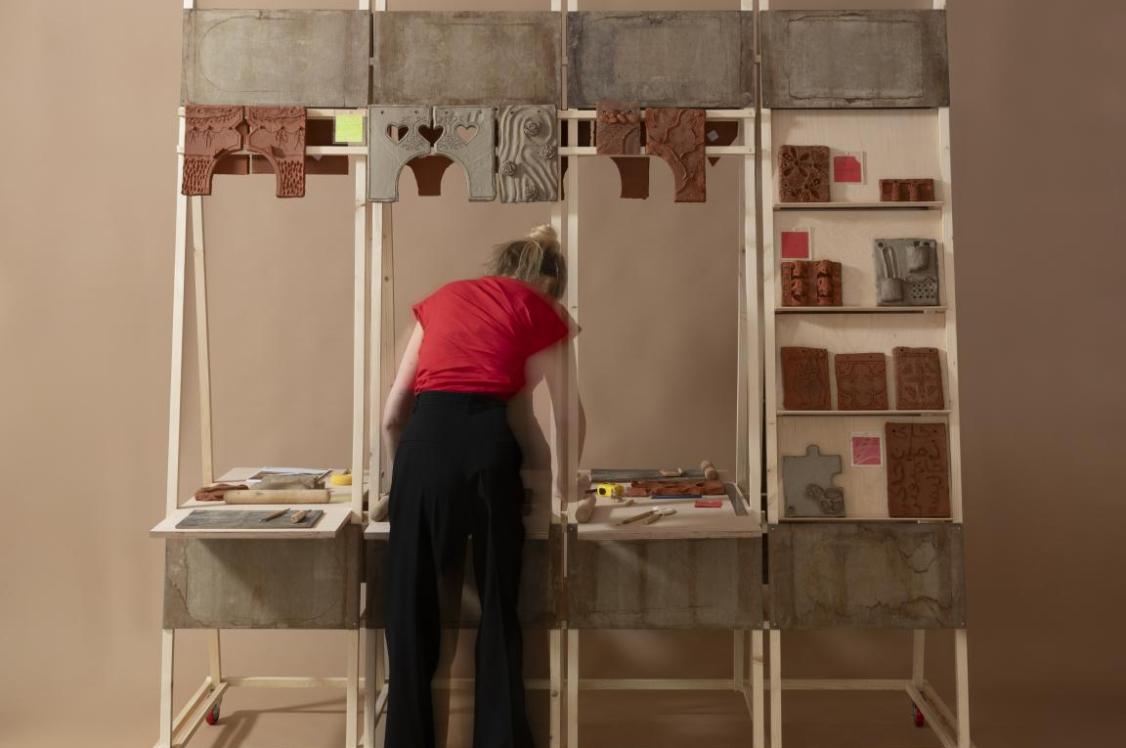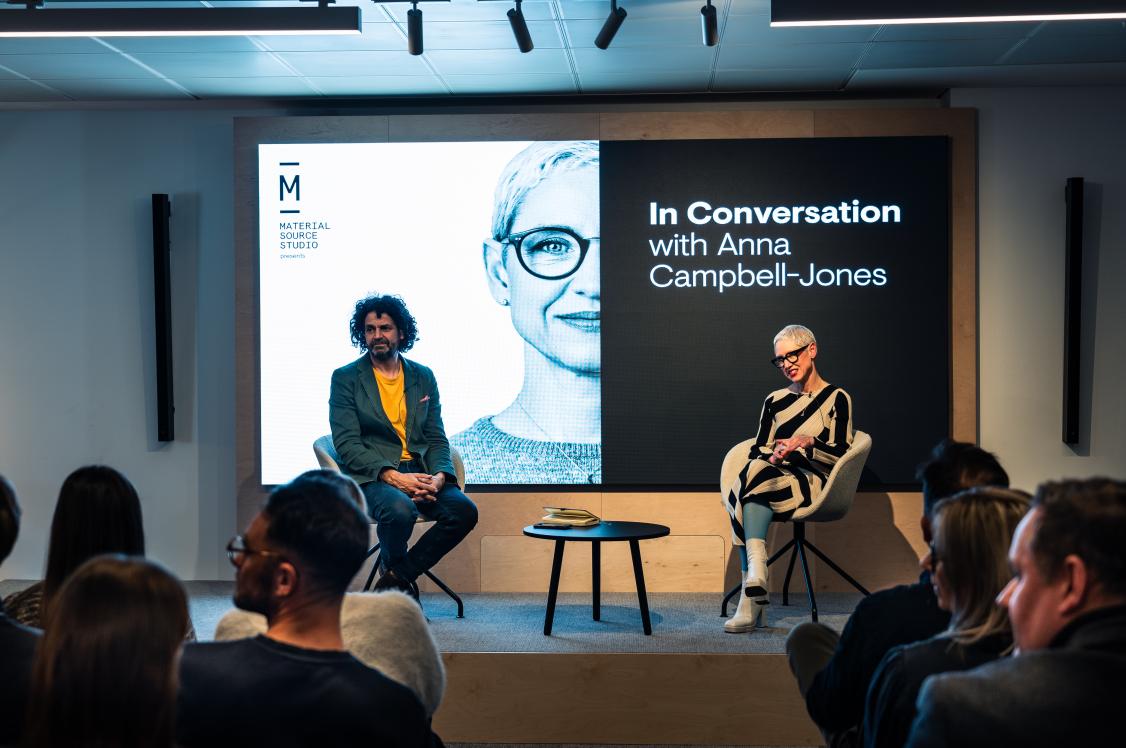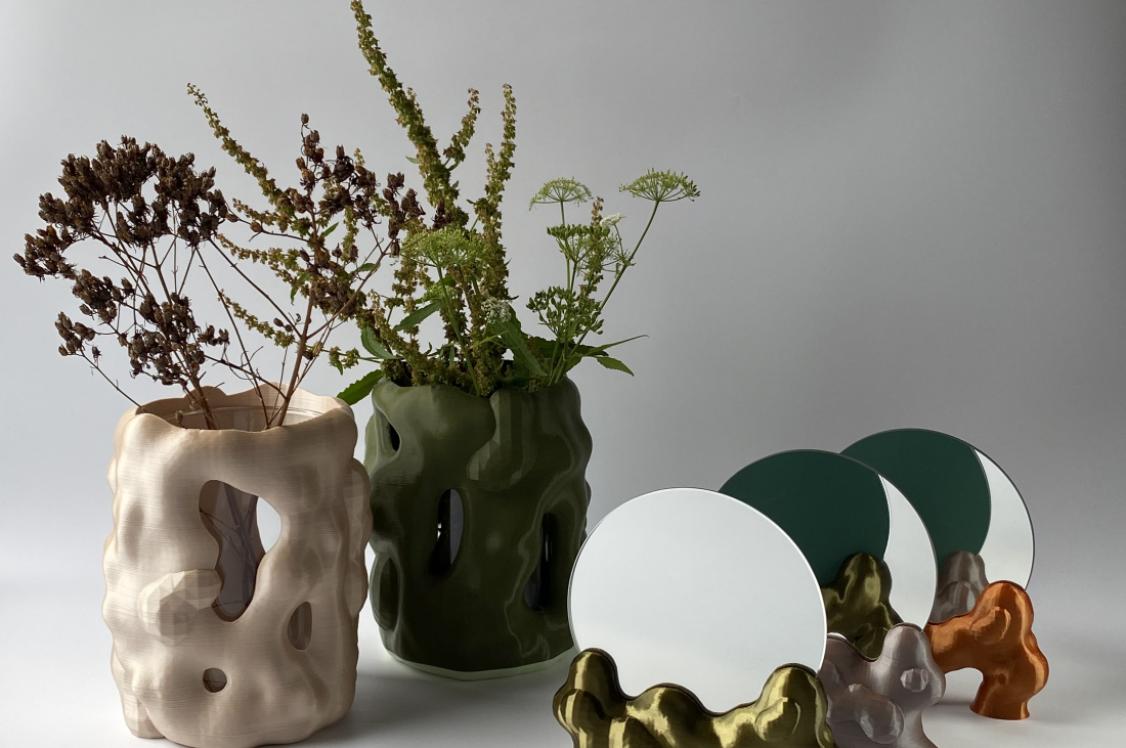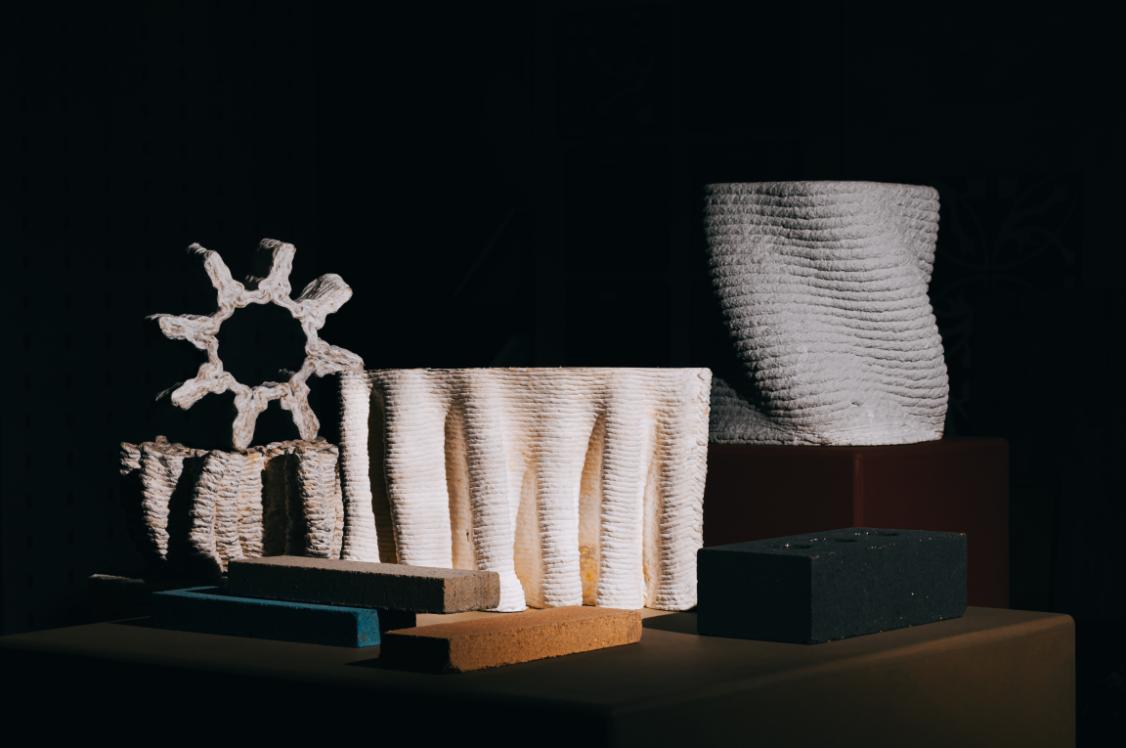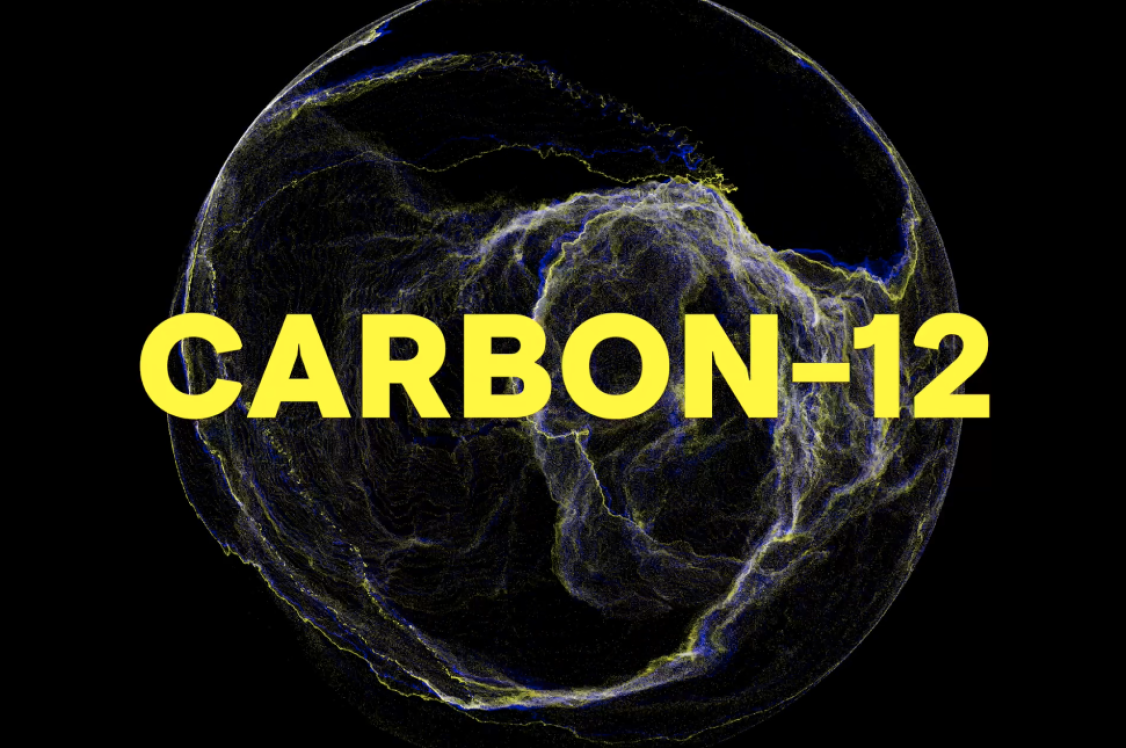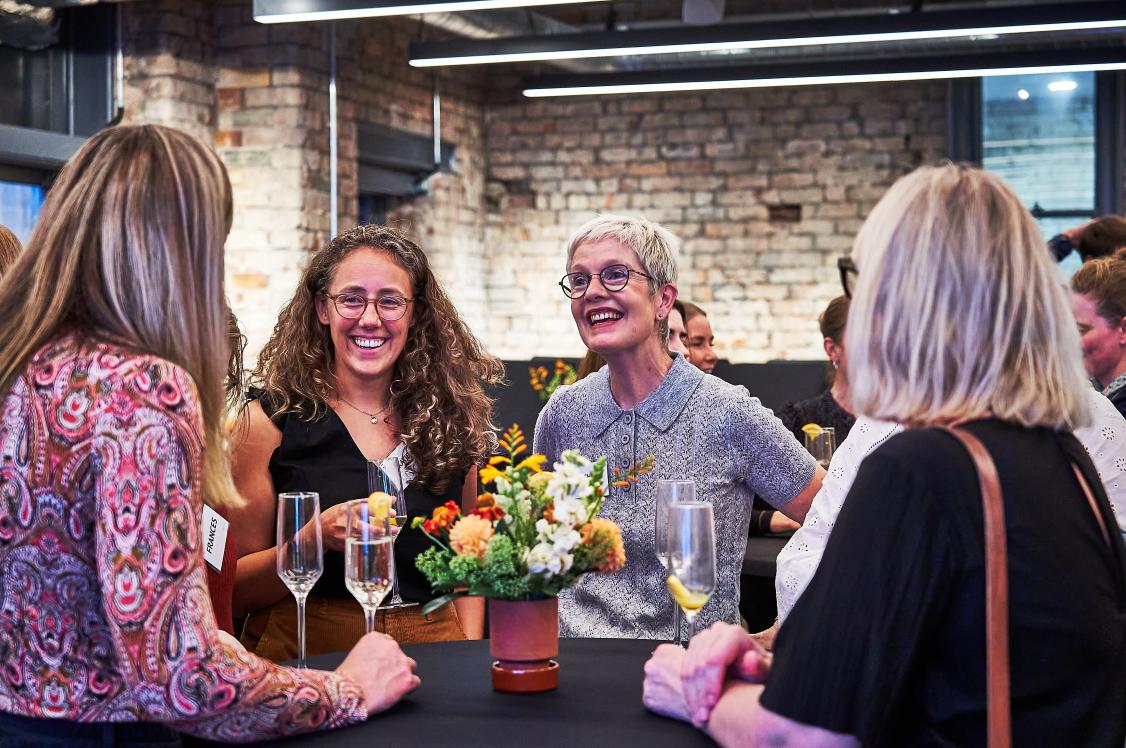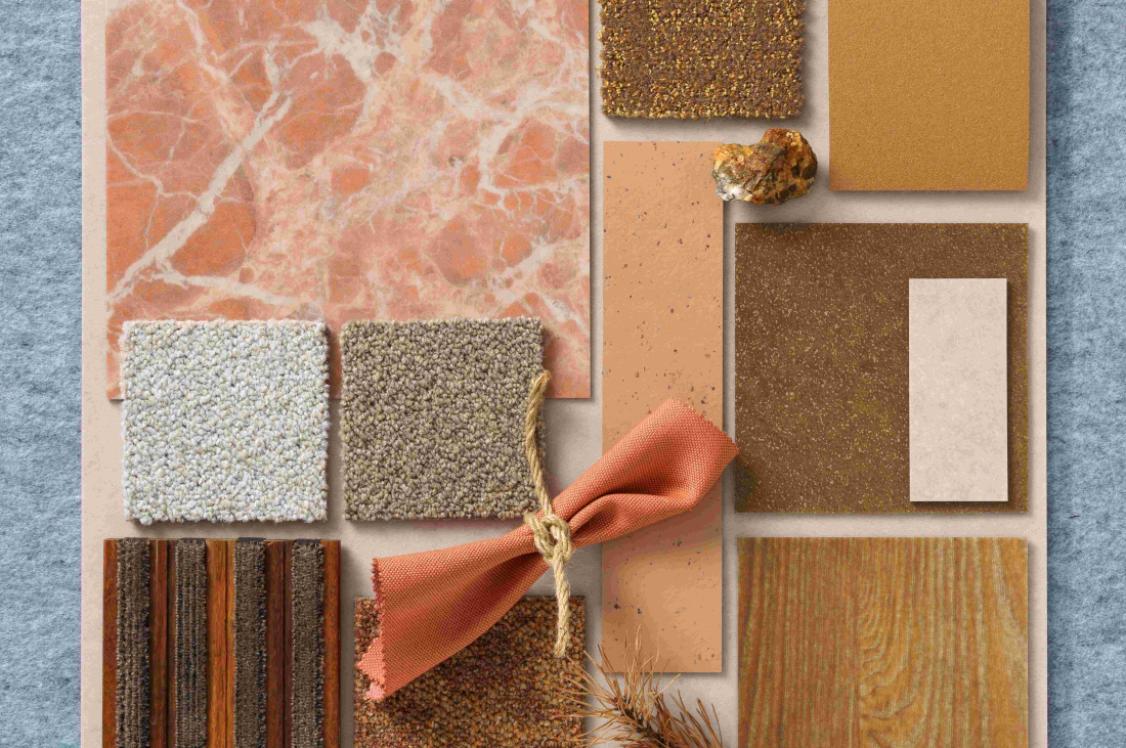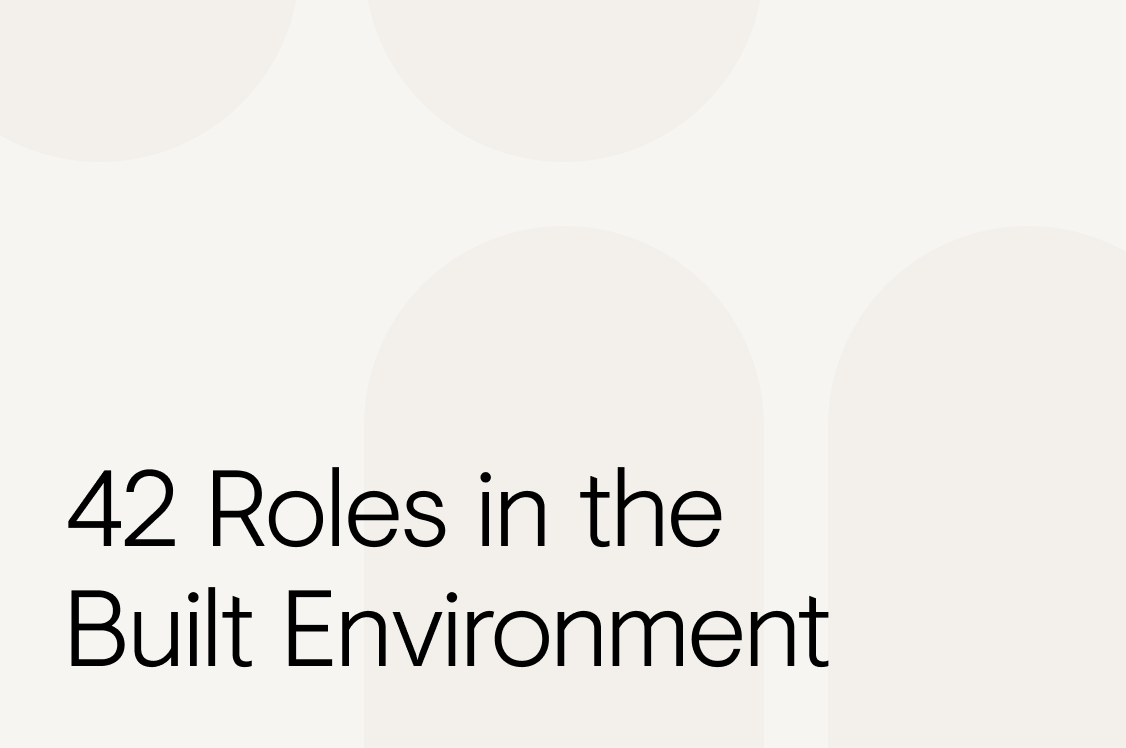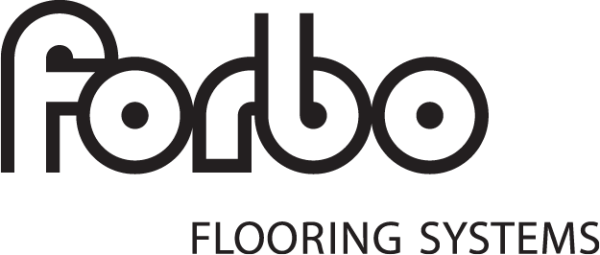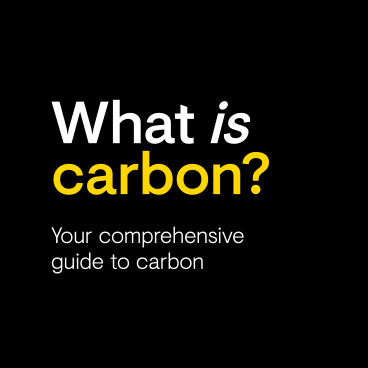Material Source Studio Presents: Carbon-12.
Carbon-12 is a new in-Studio installation and editorial series.
Through our ongoing dialogue with you, our community, over the last 5-years, at seminars, and roundtables, during interviews and chats for features, it’s become clear that ‘carbon’ is dominating the sustainability conversation in the sector. But with a plethora of buzzwords orbiting the topic, it – understandably - seems to sometimes get lost in translation. Whether in discussion with clients, end users, or the public.
So, when we set about researching what was to be a new insight-led installation here at the Studio, we unanimously landed on ‘carbon’ as our focus.
Net zero carbon; carbon neutral; carbon offset; carbon capturing; operational carbon; embodied carbon – so many prefixes, but what is carbon? What do all the industry related terms mean that surround it? And how should it be tackled differently in commercial interiors, residential design, architecture, and construction?
The consideration of these questions spurred us to ask more questions, and so through an online/offline campaign we seek to address three key points - in this order: Firstly, what is carbon? Secondly, what is our current relationship with it in the built environment? And thirdly, how do we tackle carbon imbalance for the future? – in line with the likes of the Net Zero Carbon Buildings Standard, and RIBA 2030 Climate Challenge.
While we don’t have all the answers, and we haven’t found the ‘silver bullet’ product or material when it comes to carbon, as there’s no standard legislation, comparison is almost impossible - what we do have is a range of perspectives and solutions driving a more positive future – each addressing carbon and responding to it in different ways. We acknowledge that while the most sustainable way to build is to not build anything at all, this isn’t realistic. We’re in the midst of a housing crisis, and one that deepens by the day.
The needs of the sector aren’t met with an abundance of ‘perfect’ materials. As the HOK team states in their interview, “The situation is changing but commercial aspects remain a challenge when looking at low carbon solutions.”
In the context of our current and future economic climate, we must act practically, taking all the pressures not only faced by our sector, but being faced on a global scale, into consideration when presenting ideas. As you’ve told us, without investment, innovation stops at concept stage. And systems require a mixture of material components to work. Sam Patterson, embodied carbon assessor, Atelier Ten, made the point aptly in a recent interview, “We can’t be idealistic about only accepting say mass timber buildings or thinking that everybody wants a straw bale house. Materials need to be economical, available in volume, and considered safe for their purpose or building type.”
This has led us to look at rigorously tested products and materials that have been specified for years, as well as emerging concepts posing new ways of doing things. Whether through adopting technology to reduce emissions, uncovering the natural carbon benefits of overlooked matter, or working with the likes of the Clean Development Mechanism (CDM) - a United Nations-run carbon offset scheme allowing countries to fund greenhouse gas emissions-reducing projects, in support of their other activity elsewhere.
Equally, we have spoken to a range of architectural practices around the UK, and further afield. All are at different stages of their carbon journey. But the common consensus across the board with both our exhibitors and the practices we’ve spoken to is that they’re taking action in some form by investing in the future.
To start, we consider, what is carbon?
Carbon is an essential element for all life forms on Earth. It exists in plants and animals, soil and sediment, atmosphere and oceans. It is in a constant state of flux. And it is vital.
From photosynthesis, to burning fossil fuels, or simply expelling the breath from our lungs, Carbon is everywhere. It continues to circulate. Travelling between different carbon reservoirs across the planet, the carbon cycle is nature’s way of balancing these carbon reservoirs, carefully ensuring the amount of carbon released from one reservoir is equal to the amount absorbed in another. This intricate process allows our planet to remain hospitable.
Our en masse burning of fossil fuels has, however, upset this delicate balance. Our planet attempts to heal, absorbing the increases in atmospheric CO₂ levels in natural carbon sinks, such as oceans and forests. But we are at capacity.
Asking too much of our natural resources, this has led to a net increase of atmospheric carbon concentration. And that has, in turn, tipped over into temperature changes. As a result, we are already seeing catastrophic environmental damage and decay.
As a sector, we are witnessing hard work to mitigate these effects, and regain the balance of Earth’s carbon cycle. The launch of the Net Zero Carbon Buildings Standard, one unified approach to tackling the climate crisis in the built environment, is an example of this.
Carbon is necessary. We need it. It’s critical to our natural balance. We just don’t need too much of it.
What is Carbon-12?
In response to all of the above, we present Carbon-12 – an immersive experience that addresses the challenges to achieving a low to no carbon future in the built environment, while presenting potential solutions for your consideration.
Spotlighting 6 low carbon products and materials, and 6 perspectives from architectural practice thought leaders, Carbon-12 is an educational conversation starter. It’s about knowledge sharing and collaboration with regards to carbon in order to bring about positive change. It asks the question: how can we build with low to no carbon emissions in light of the wider challenges we face?
To kick off our campaign and set the scene, Professor Iain Black, Professor of Sustainable Consumption, University of Strathclyde, takes us through a glossary of carbon terms that are commonly used in the sustainability discussion to further aid our conversations. Read it here.
Why Carbon-12?
In case you’re wondering, there’s a story behind the name, Carbon-12. And that’s influenced the creative direction of the physical exhibition in our Studios in Manchester and Glasgow.
Carbon appears as 2 types of stable isotope: Carbon-12, and Carbon-13. Carbon-12 has 6 protons and 6 electrons, and is the most abundant form of carbon, making up +98% of the carbon elements on Earth.
This discovery during research by Emily Bagshaw, Material Source Studio Creative, cemented the concept for the in-Studio installations for Carbon-12, taking cue from rings of circulating electrons and the round nucleus in its atomic structure.
You’ll also see this reflected in the video that plays as part of the exhibition, a nod to the carbon cycle and its 6 stages: Photosynthesis, Respiration, Exchange, Sedimentation, Extraction and Combustion. These stages are creatively interpreted in video format behind the extracts and key takeaways offered by our 6 contributing architectural practices.
Emily explains: “Within this campaign, we pick the brains of practices currently blazing a trail in their approach to decarbonised design and construction. Key takeaways punctuate through an immersive video that tells a visual story of the materials on display. The makers and manufacturers featured are all at different stages of their carbon reduction journey – approaching it in a multitude of ways.
“You’ll see hemp - a rapidly renewable material known for its carbon sequestration qualities - used in the manufacture of healthy insulation products, as well as compressed into a fibreglass-like structure for contract furniture. You’ll also see 98% natural, carbon negative flooring solutions and straw based construction systems - to name a few. Some of these materials on display inform the material palette of the installation itself, demonstrating a direct application of these commercially ready products. Commercially ready, being the optimum phrase.
“We want to see and maintain a decarbonised construction industry. But in a way that’s practically possible within the timeframes we’re working to. Carbon-12 presents the materials on display to encourage further conversations on how we might tangibly achieve this for future generations to come.”
Experience Carbon-12 at Material Source Studio Manchester and Glasgow. No booking required.
Click here to visit our dedicated Carbon-12 mini site, for articles on all 6 material exhibitors, and interviews with the 6 practices that have generously shared their insight with us, plus Professor Iain Black’s Carbon Glossary. Thanks to everyone who’s been involved so far.
What’s your take on the carbon conversation?



